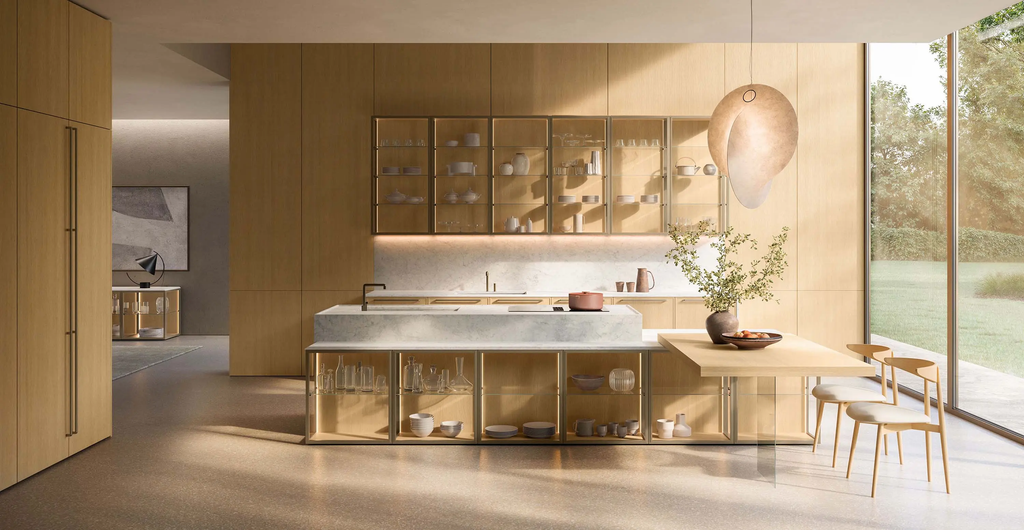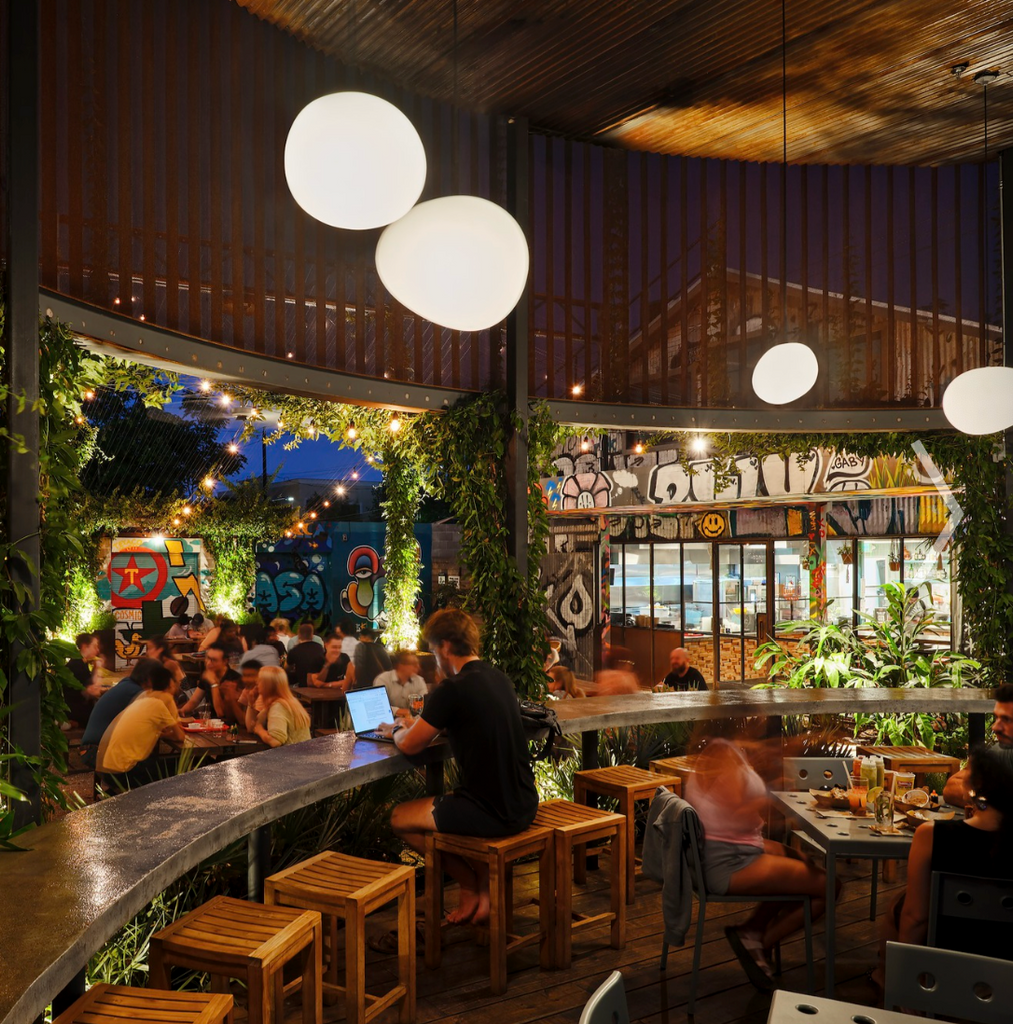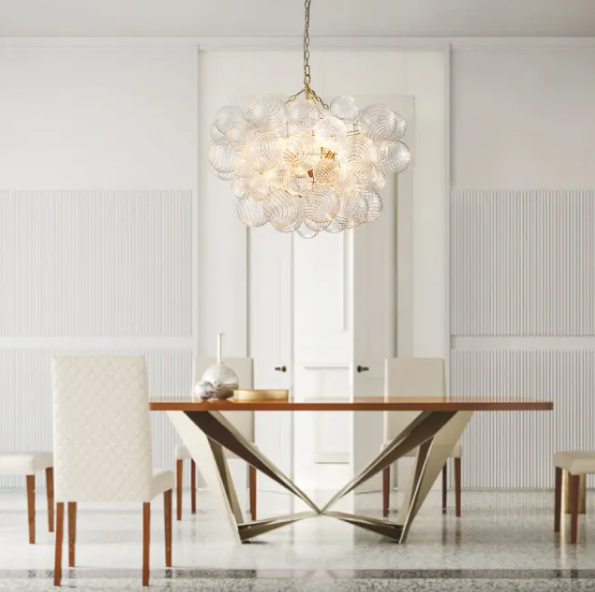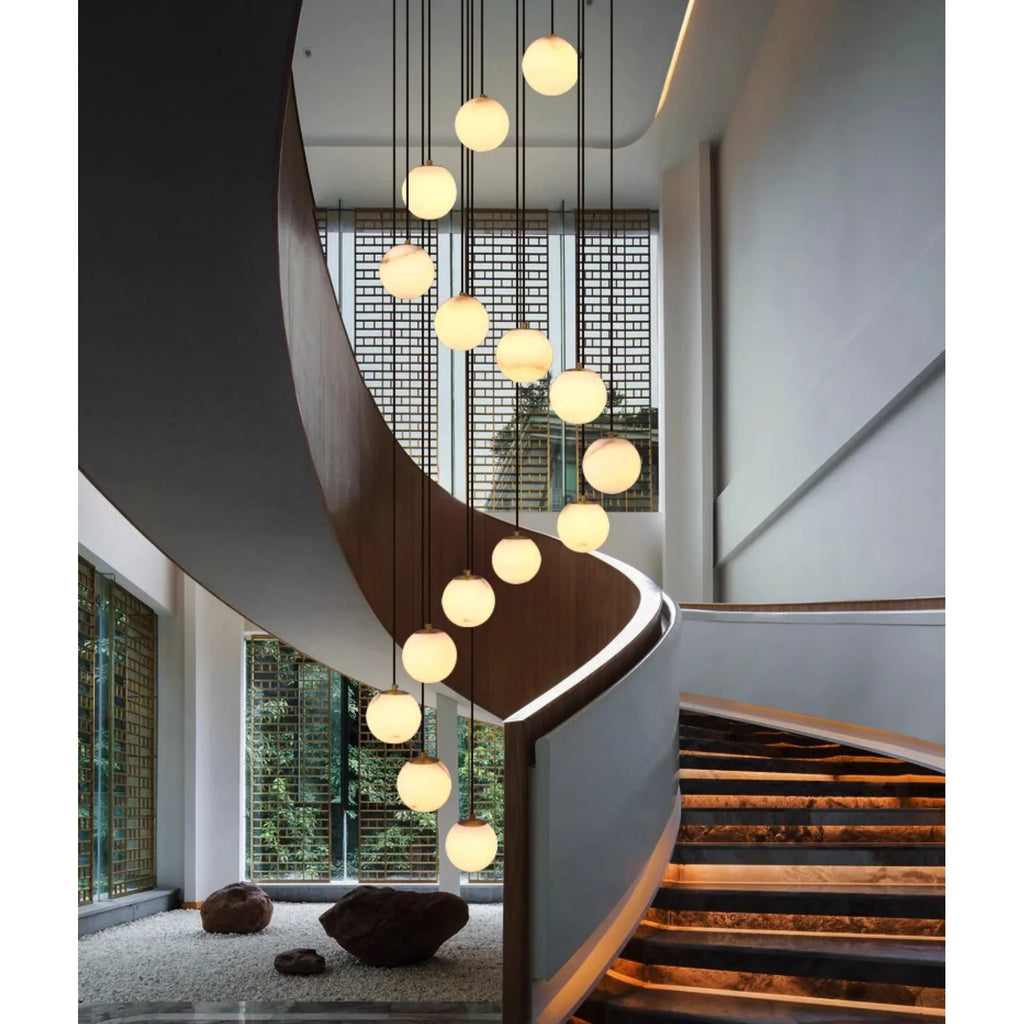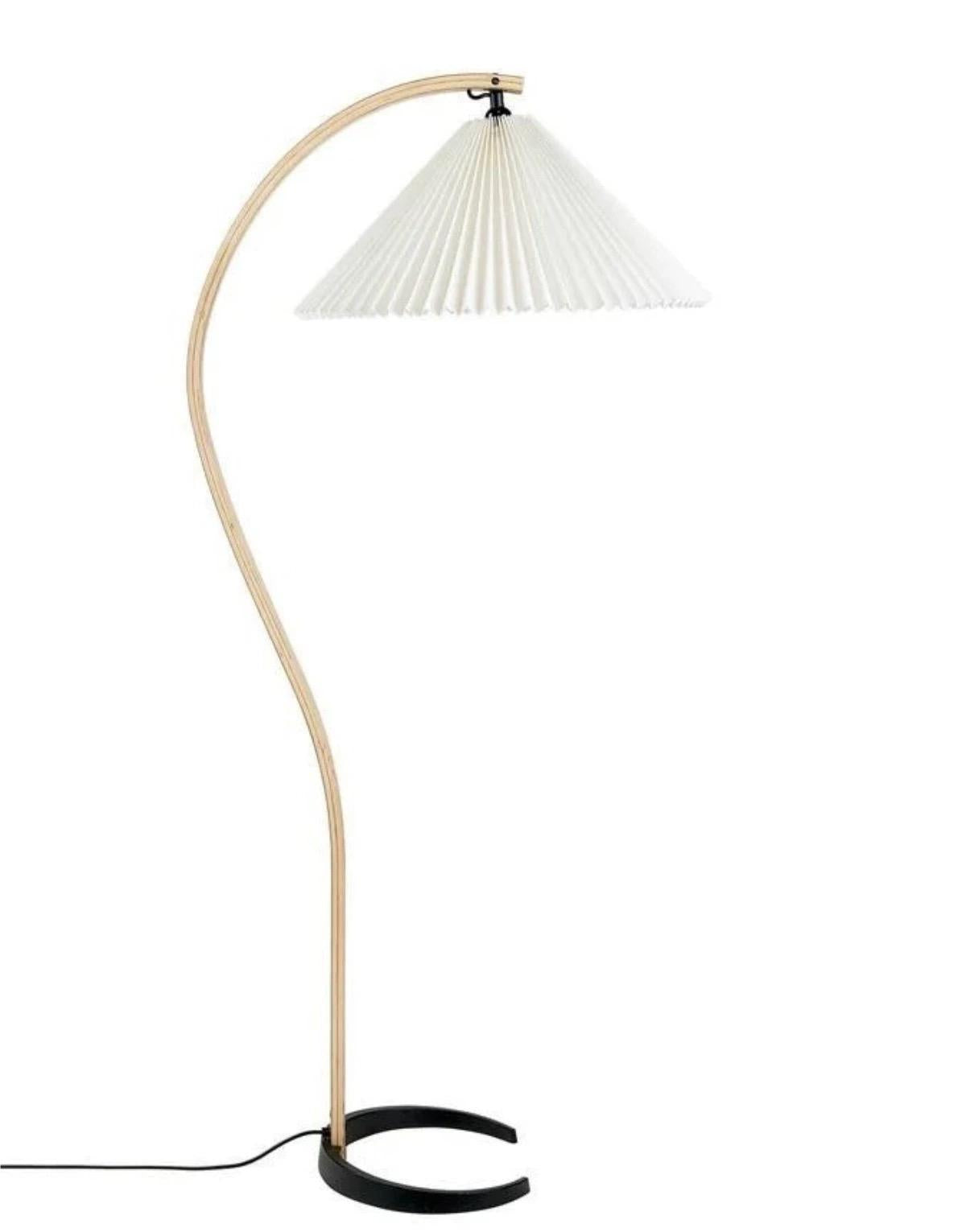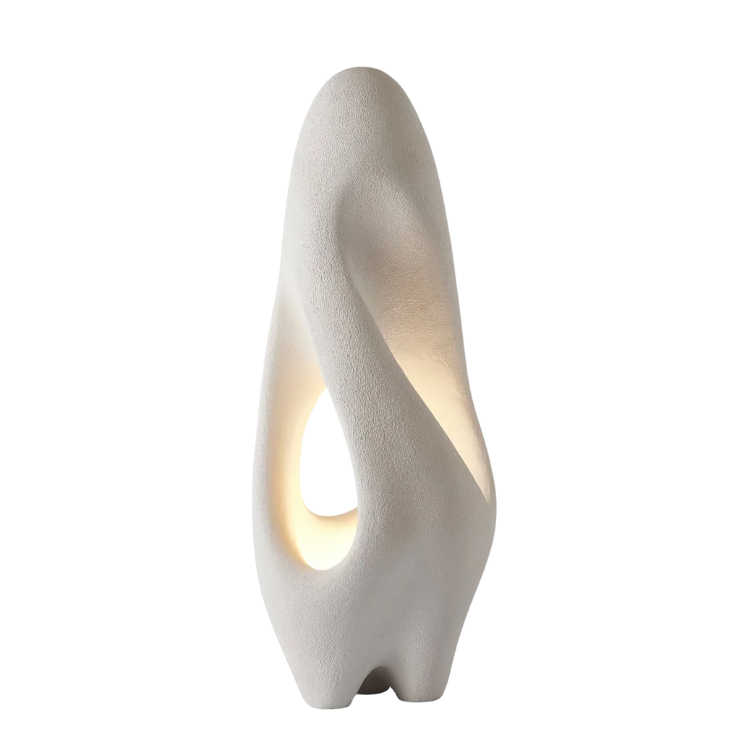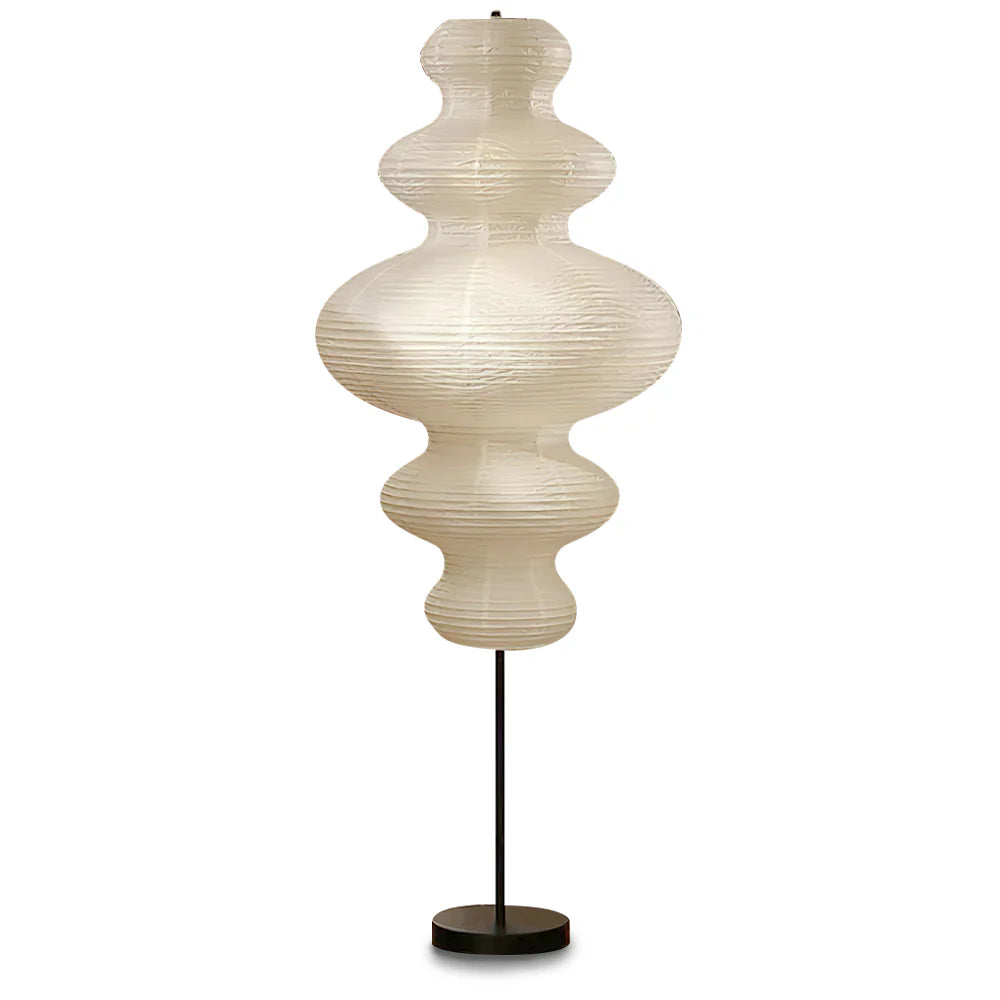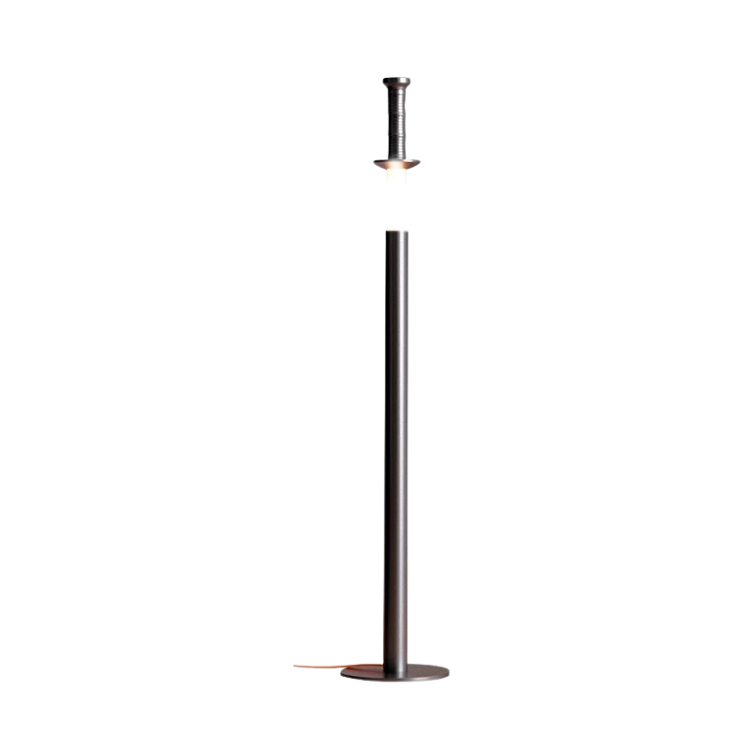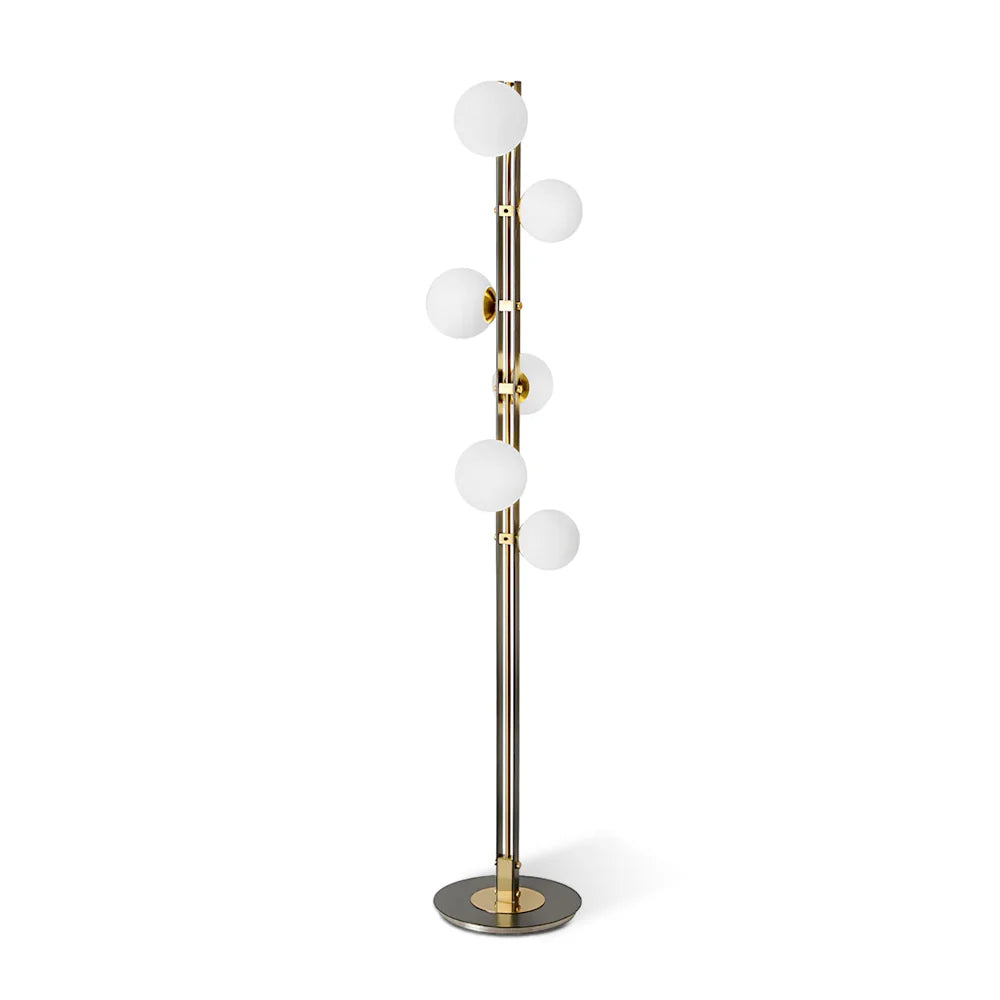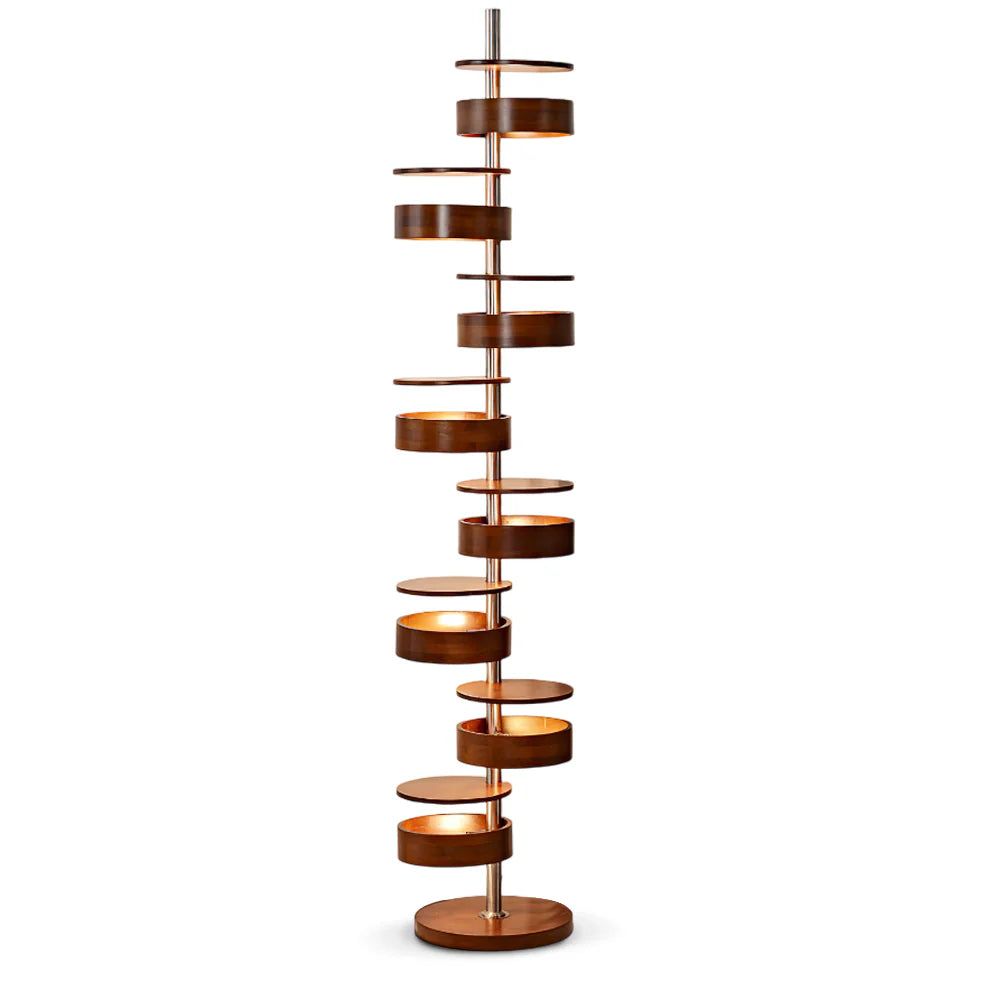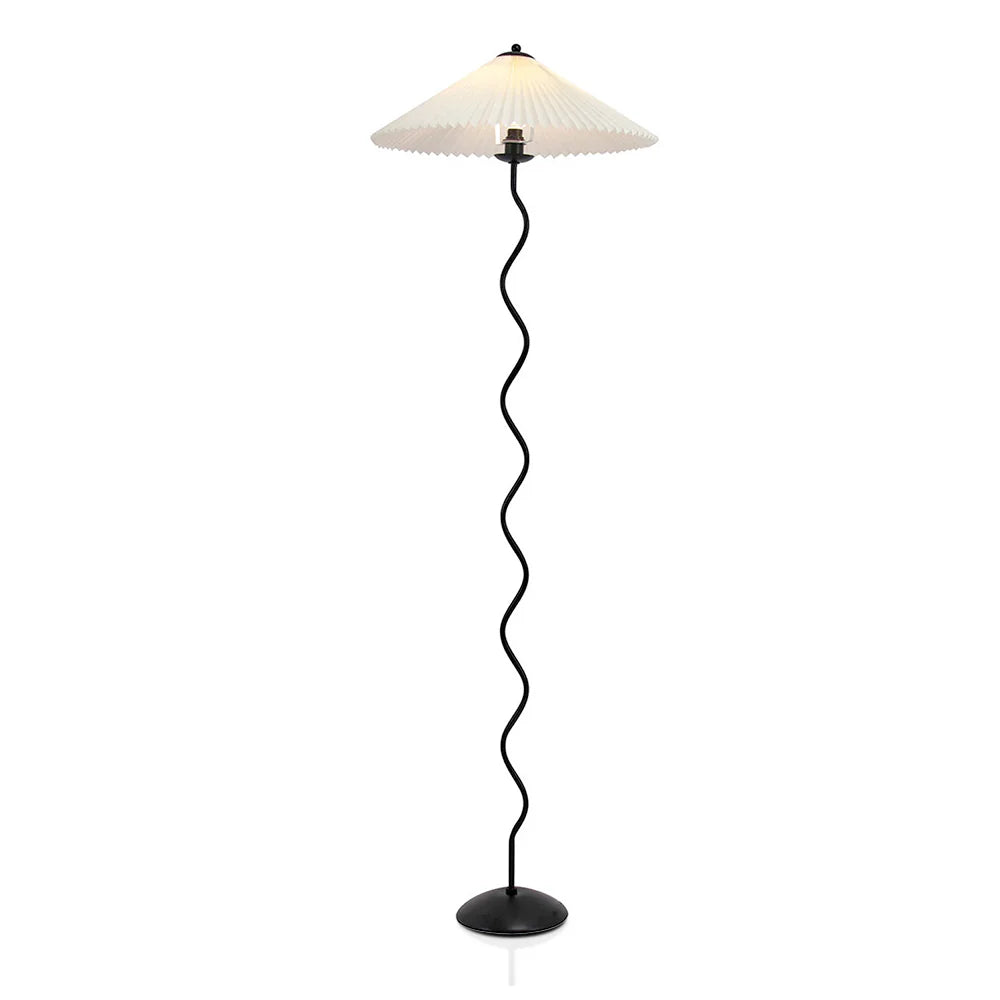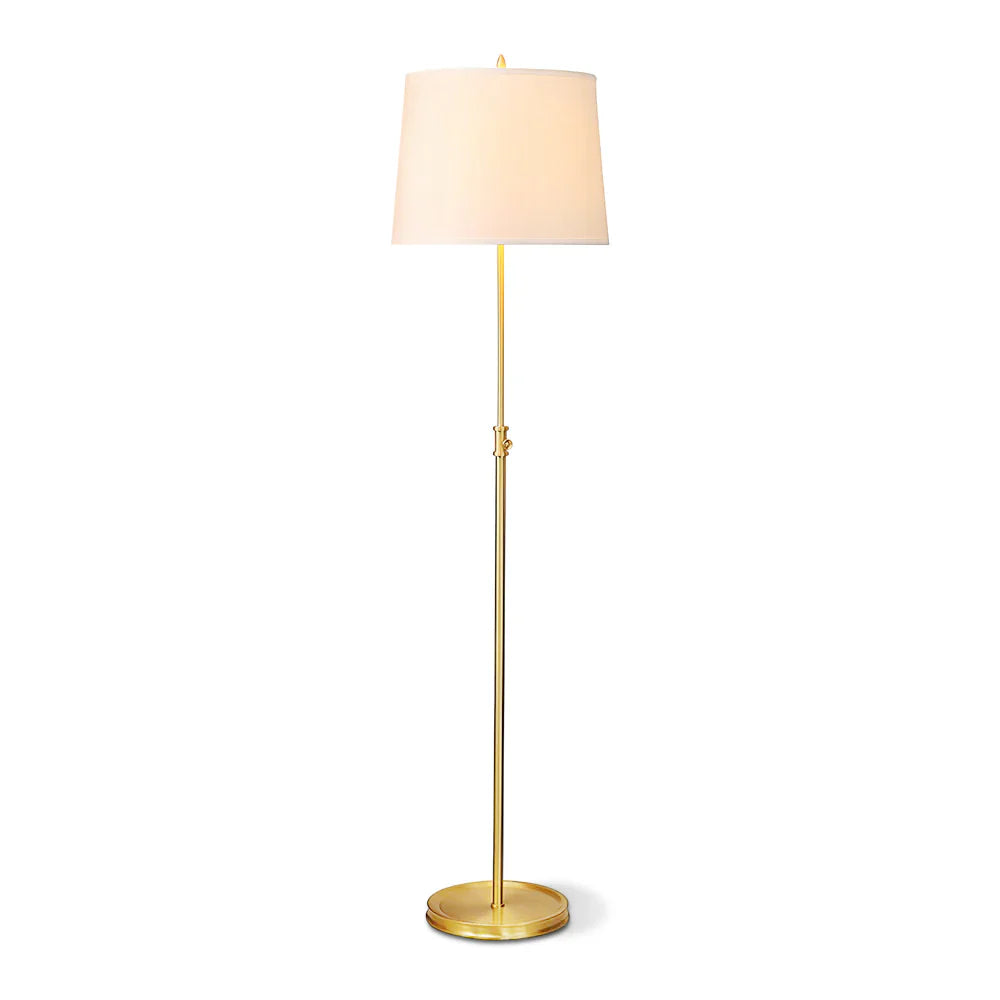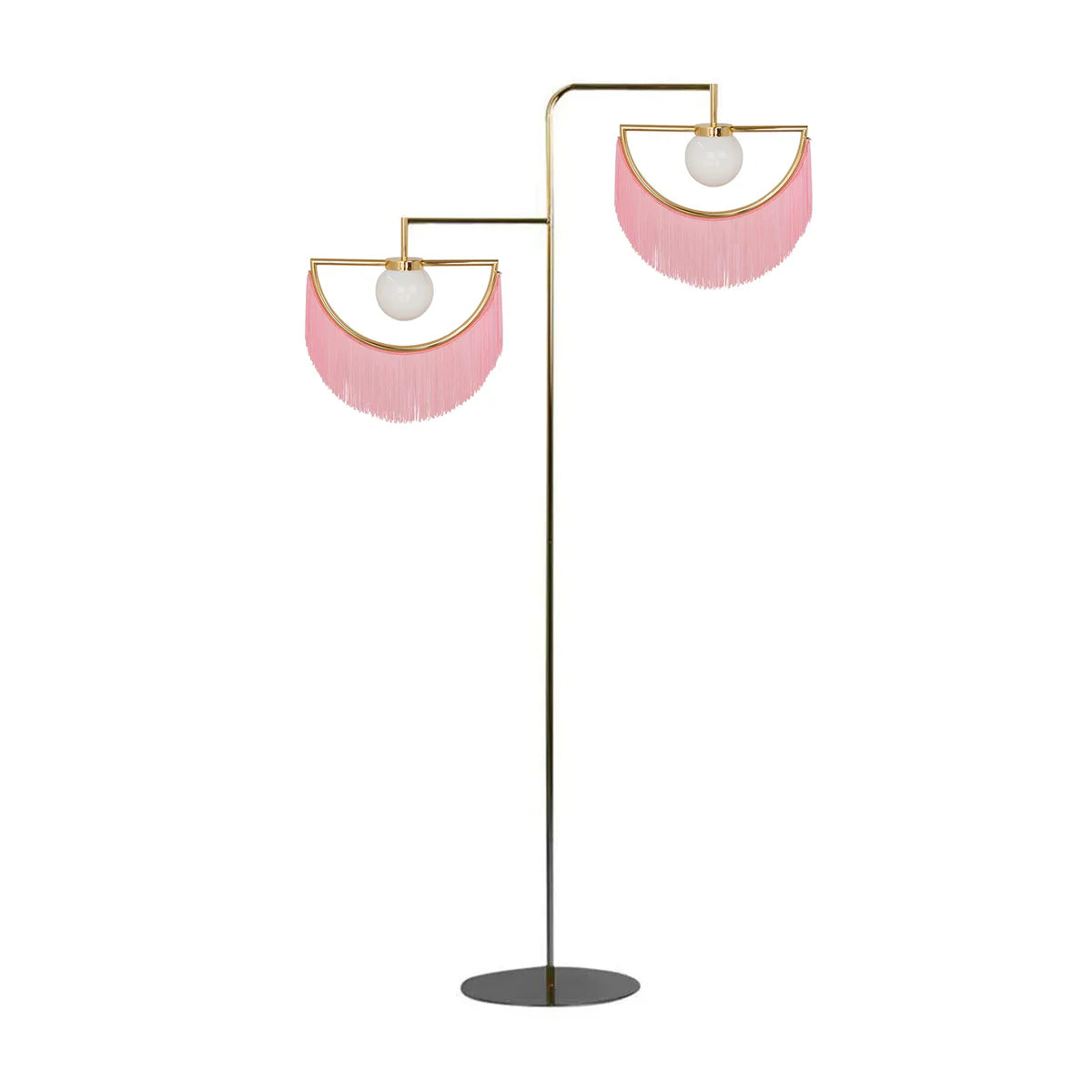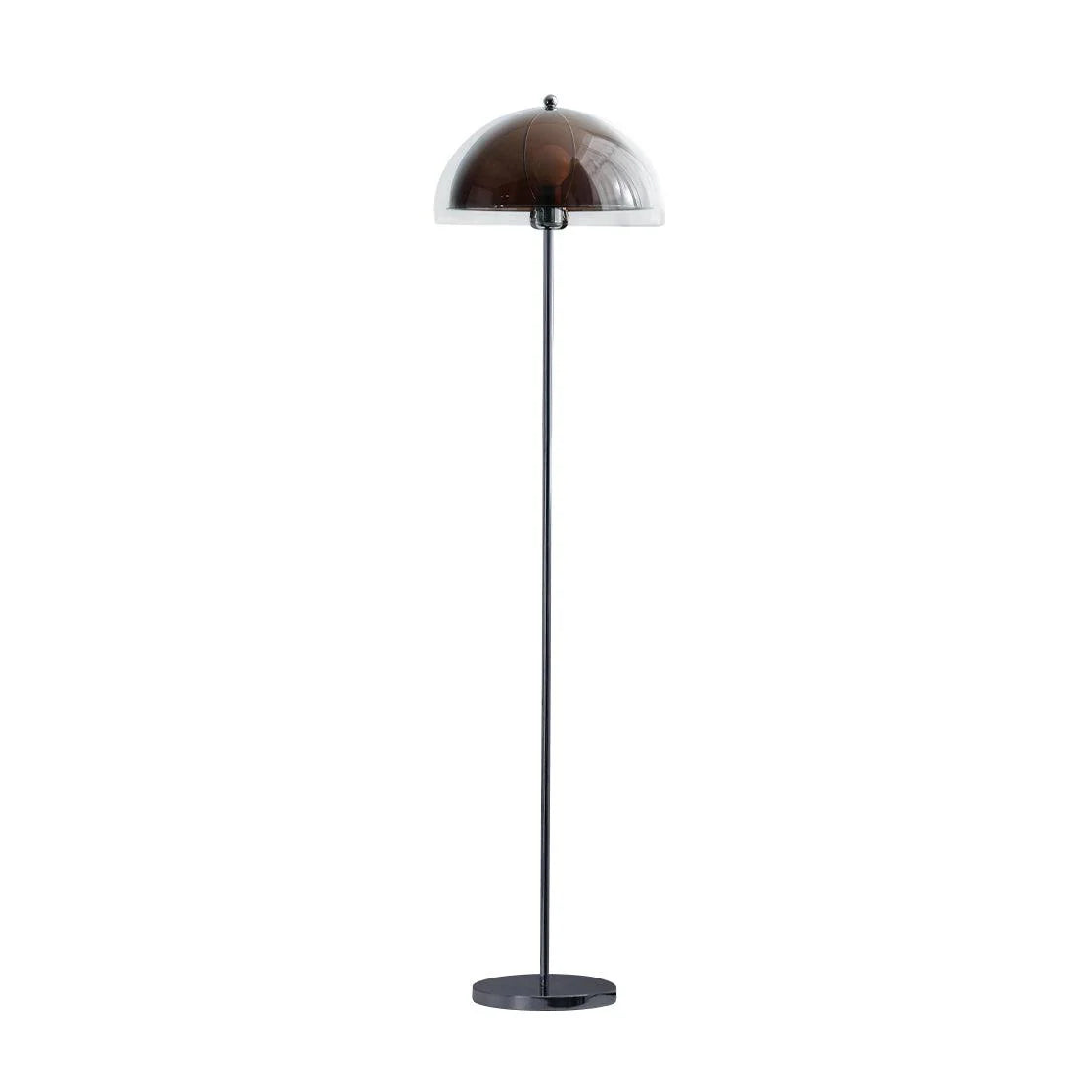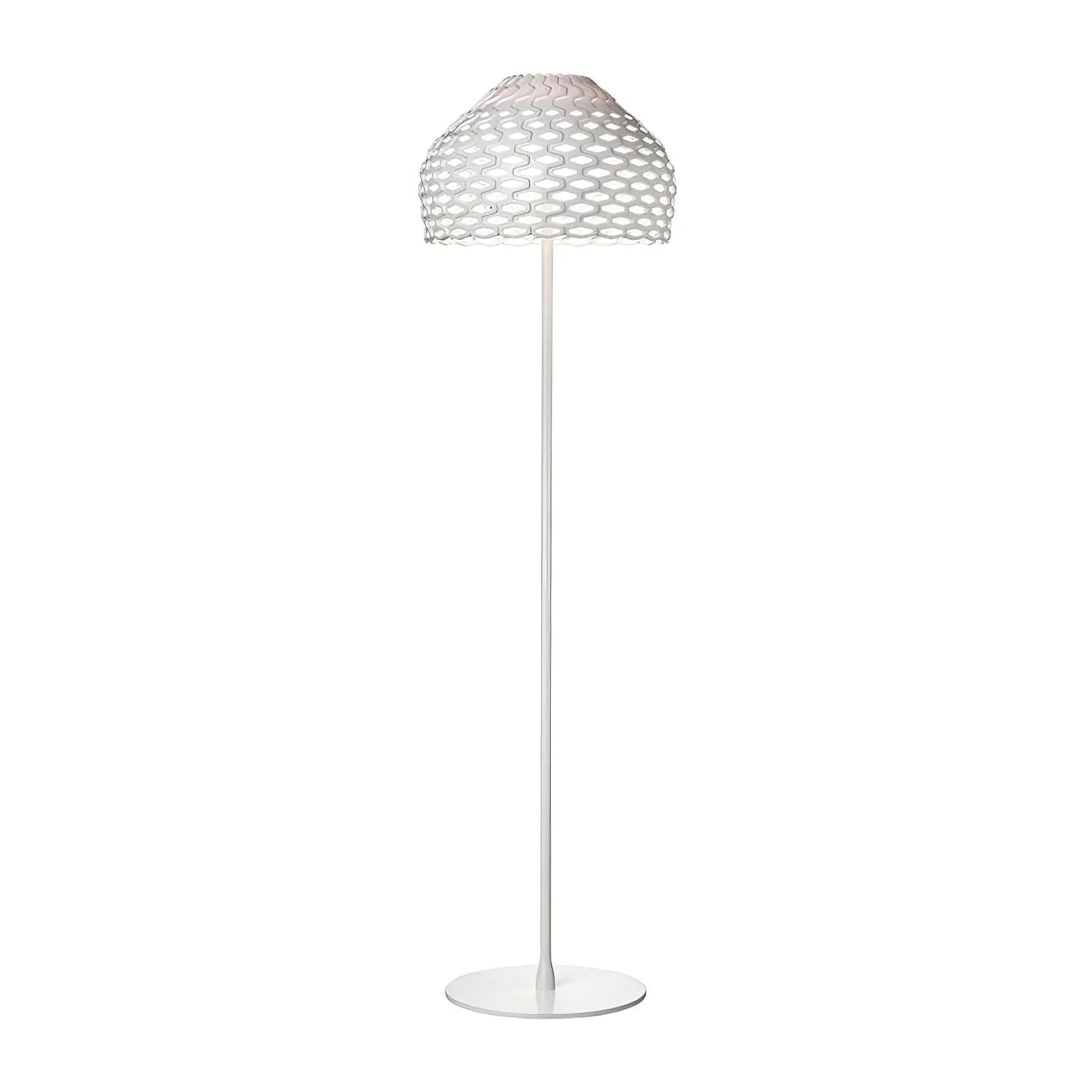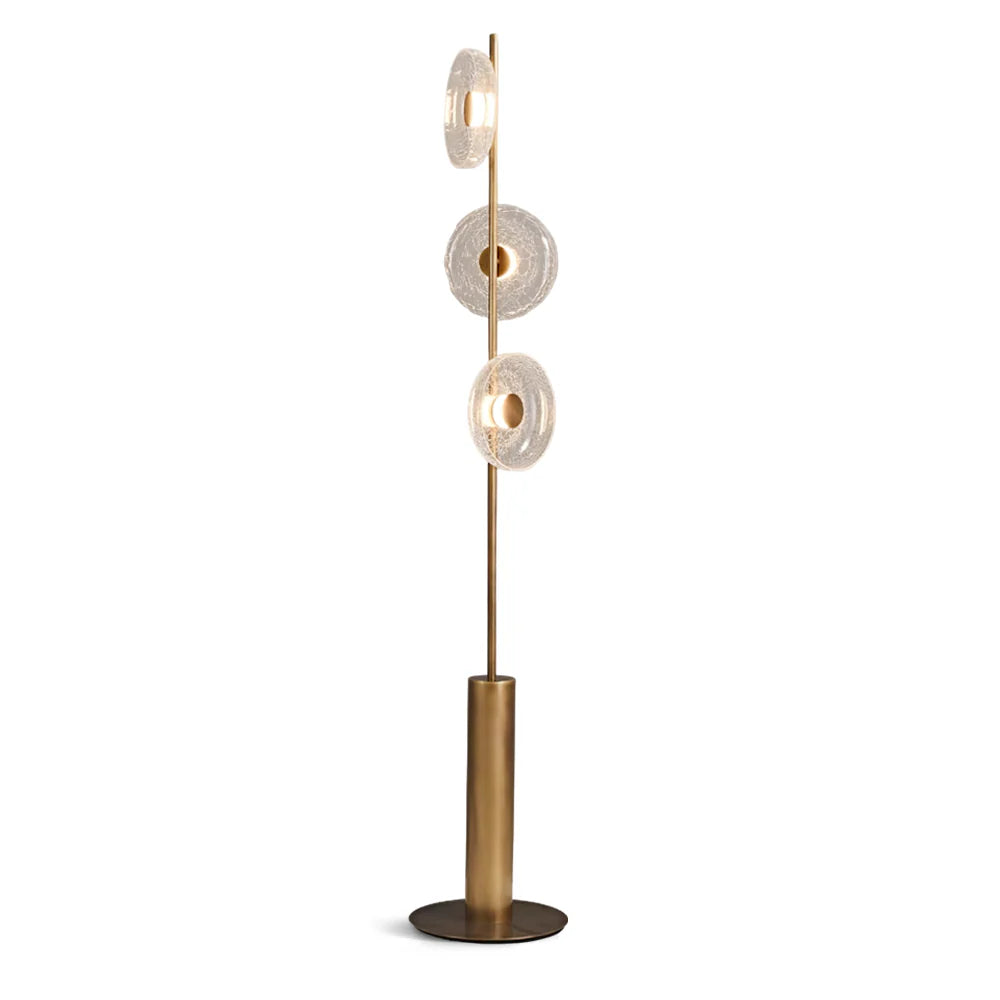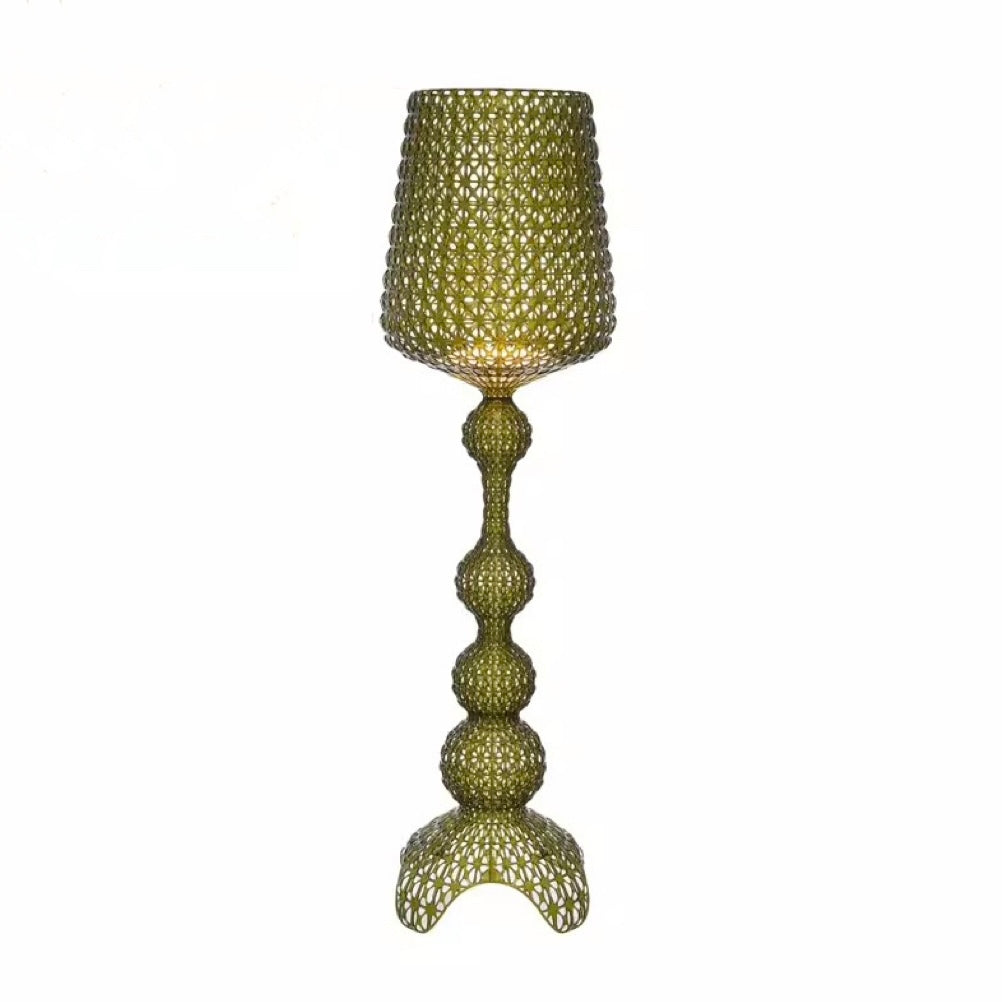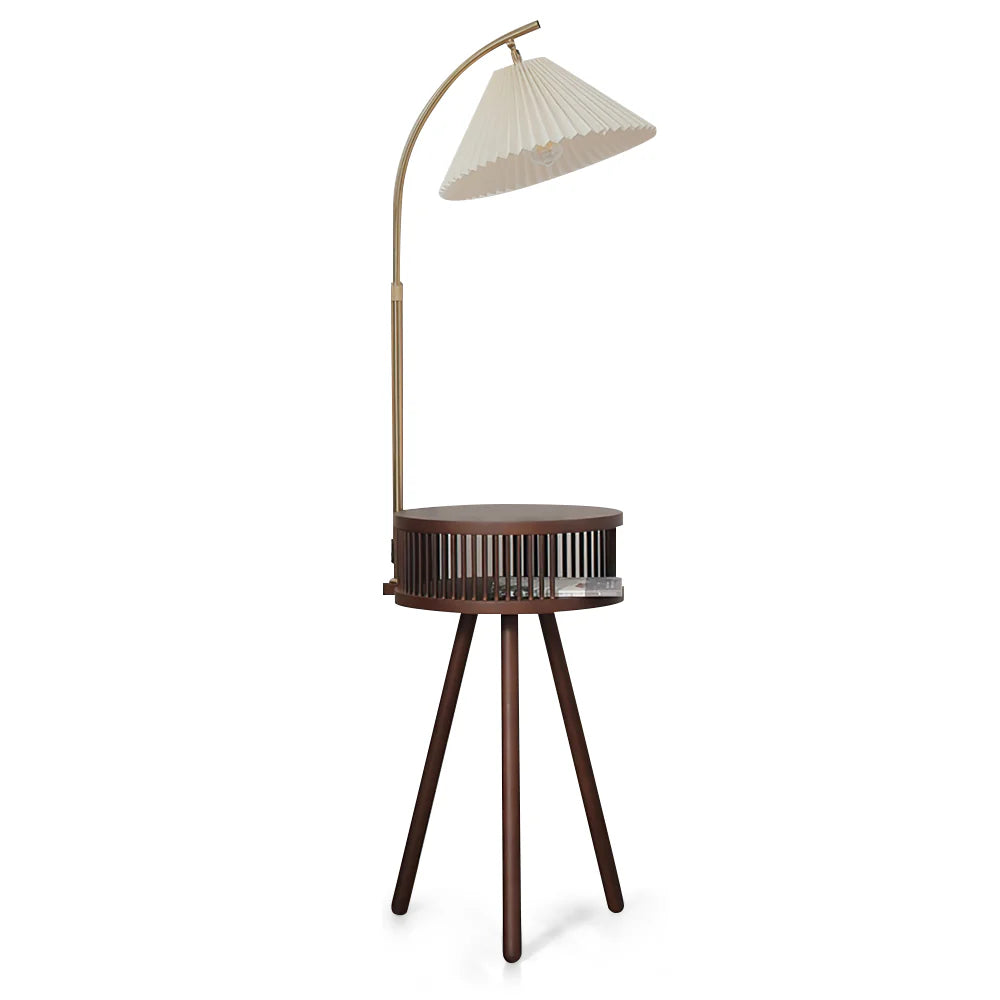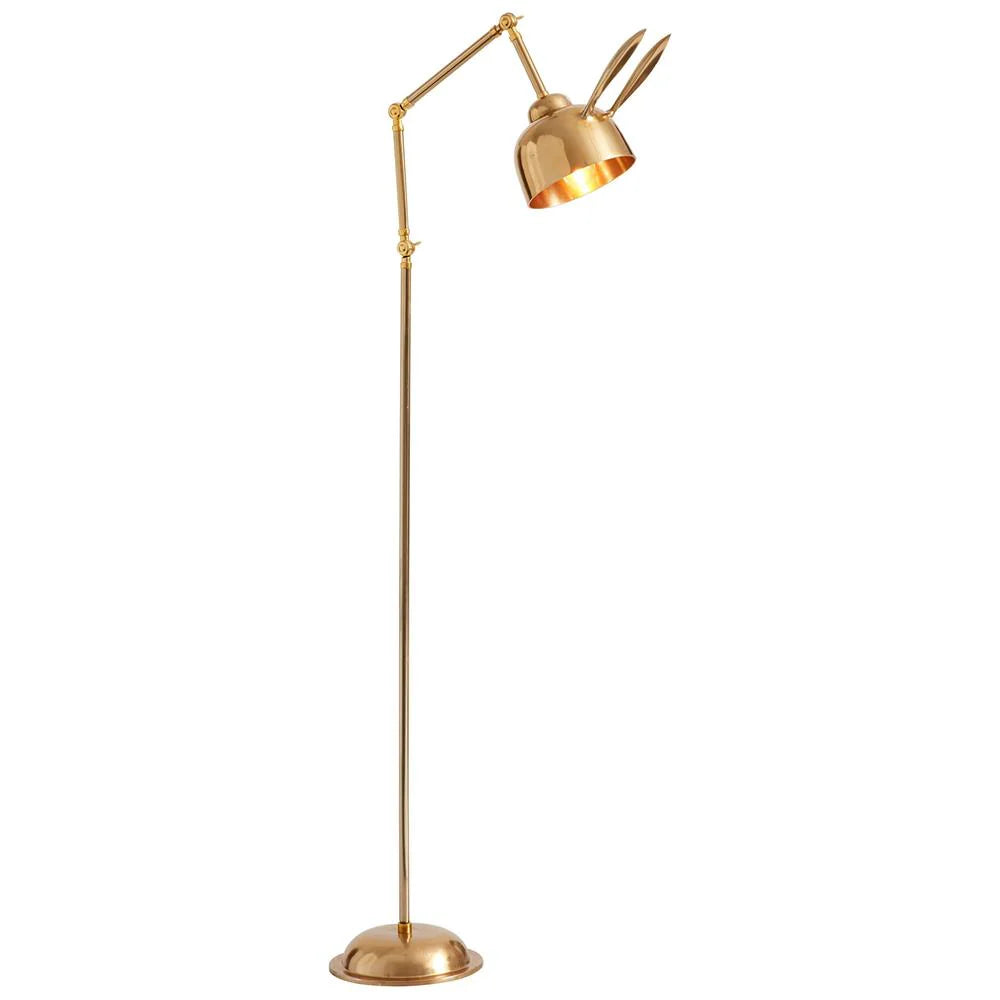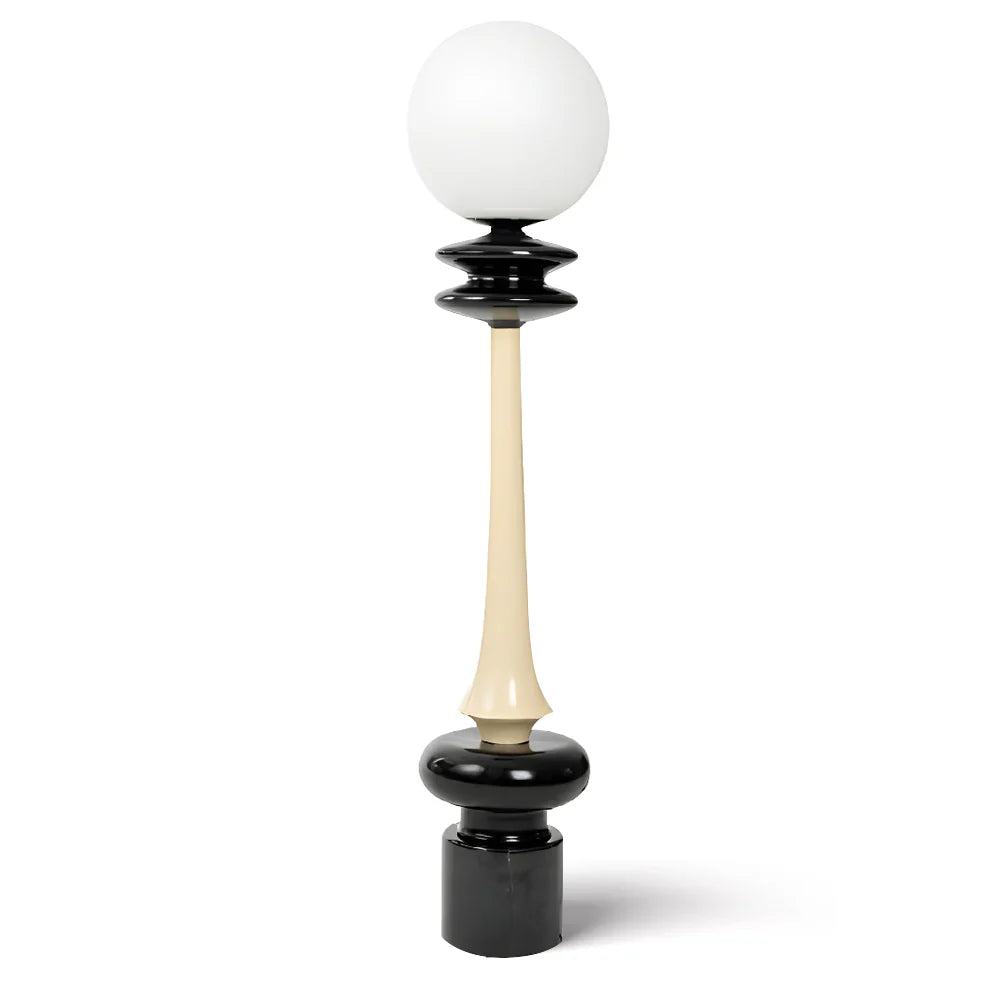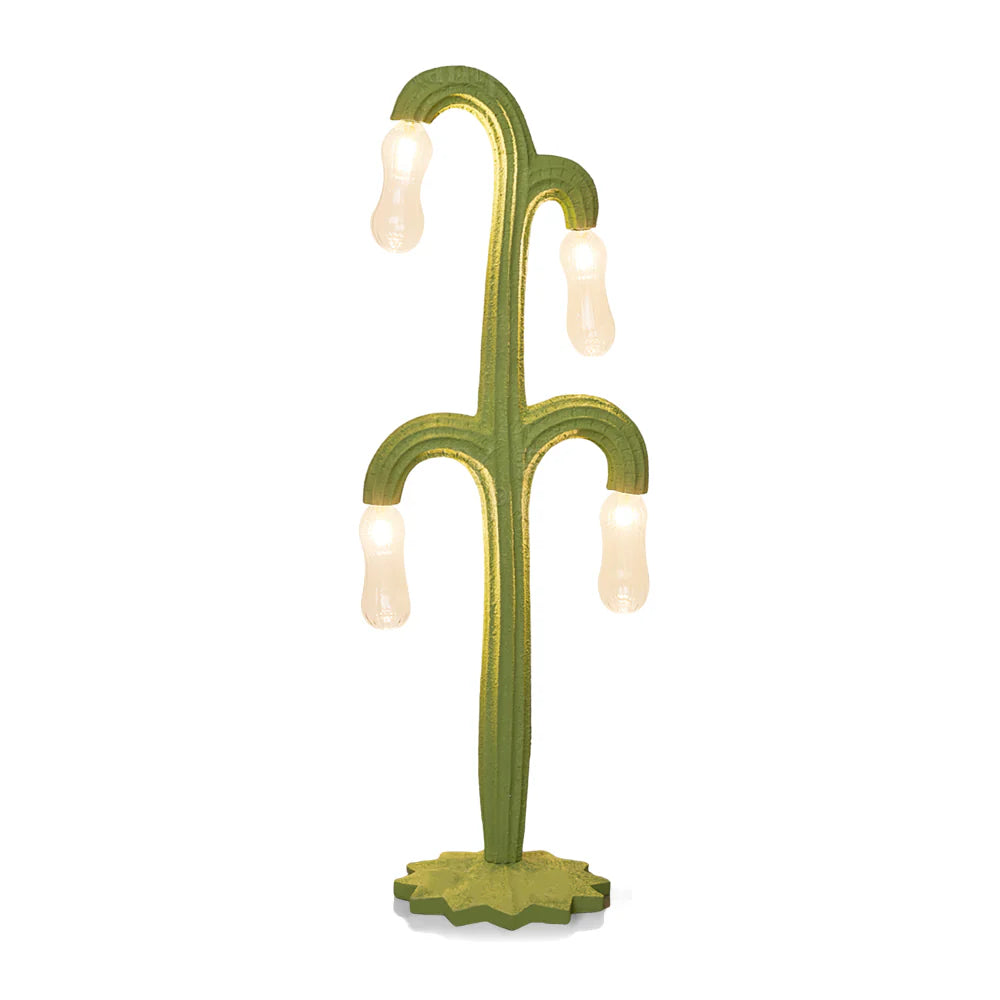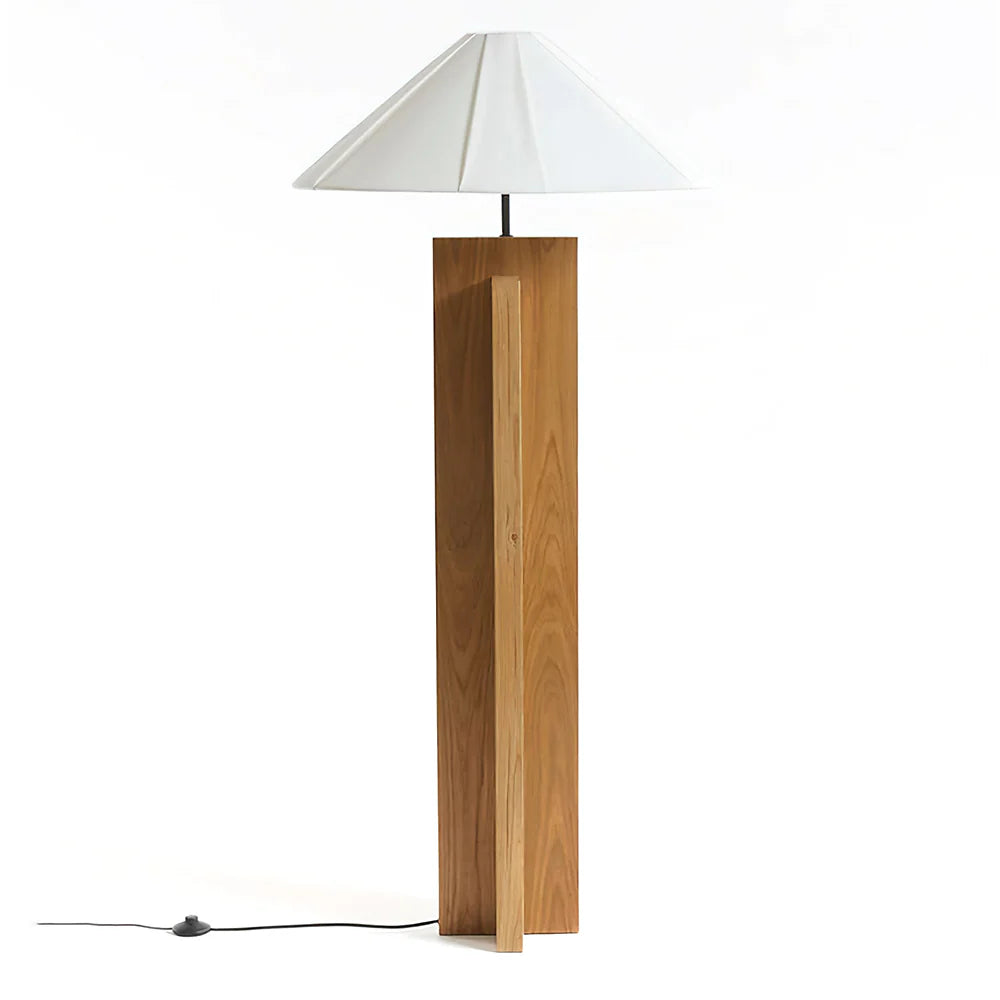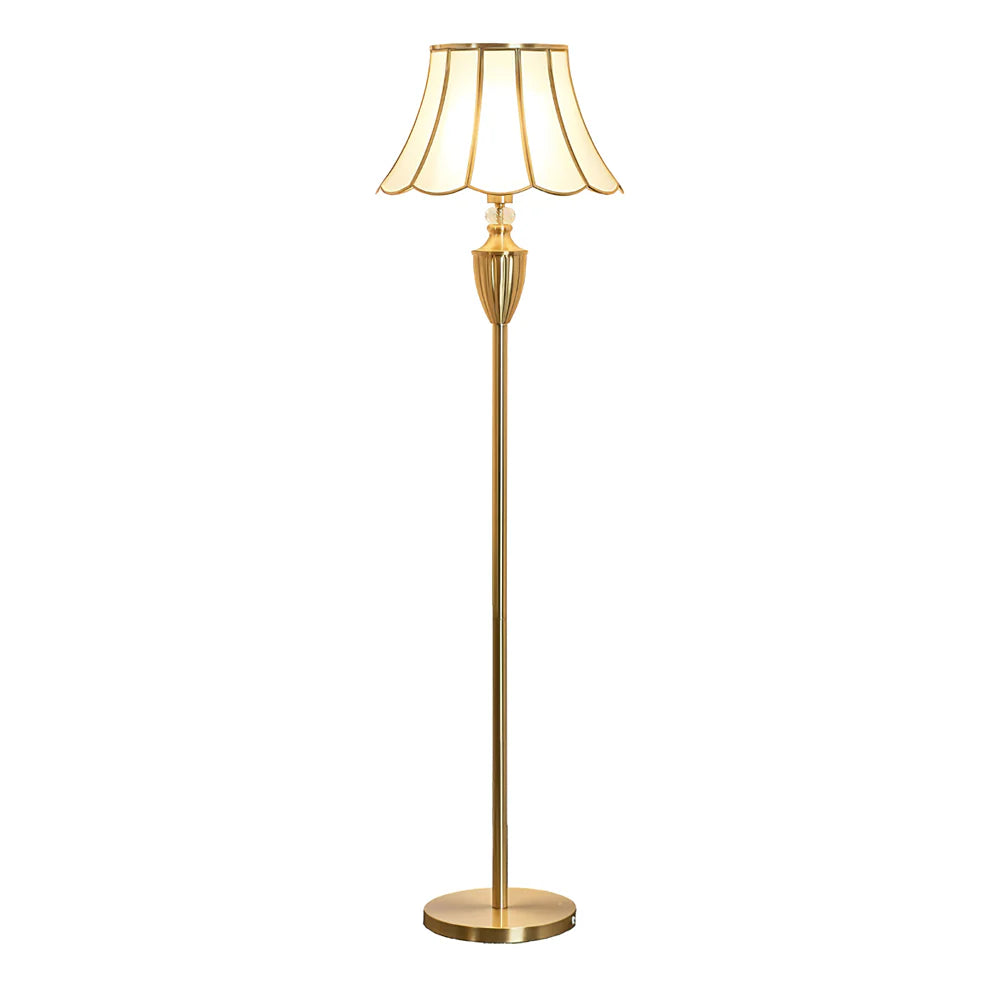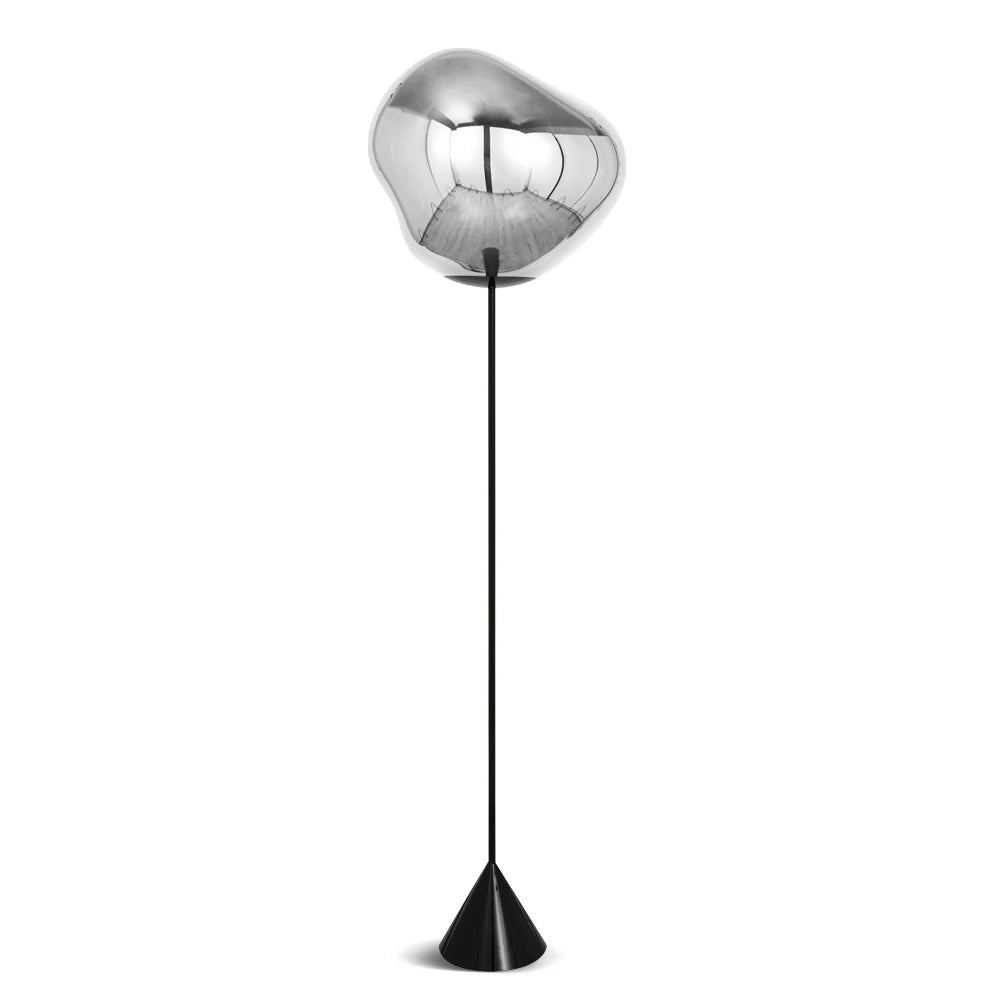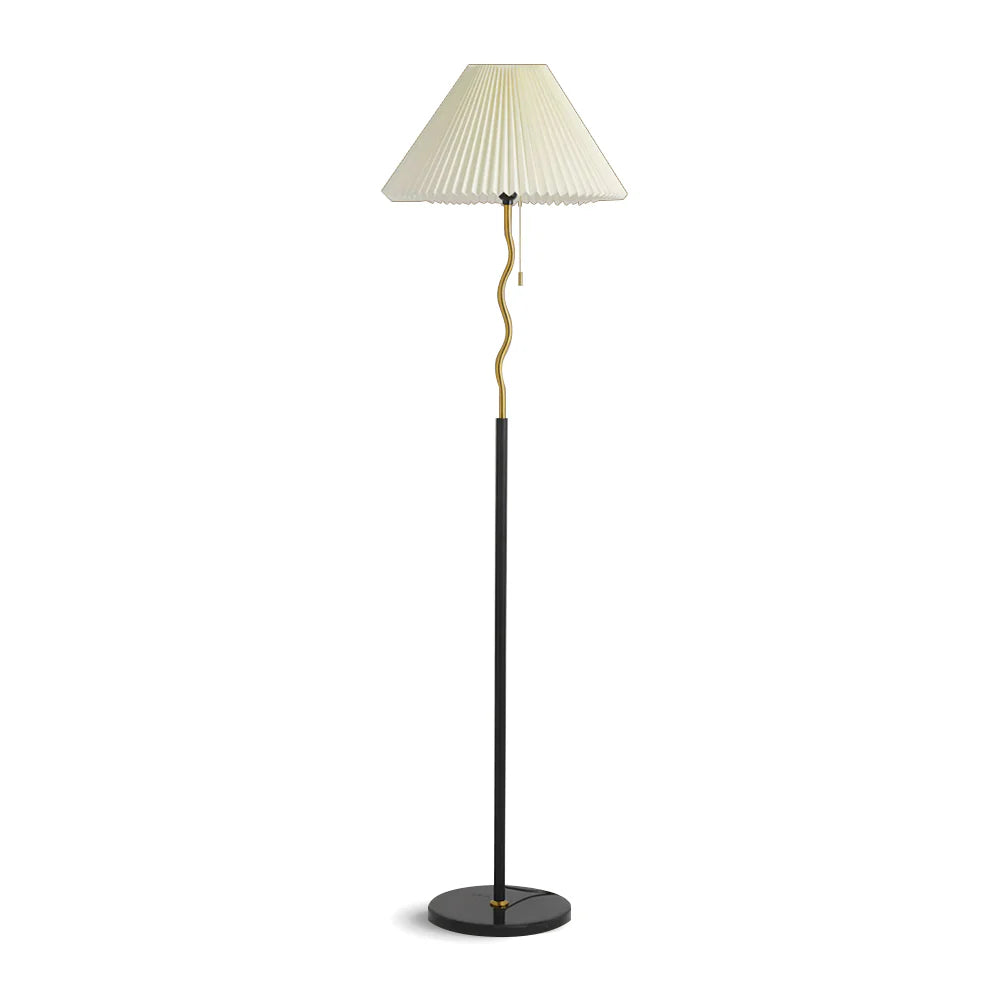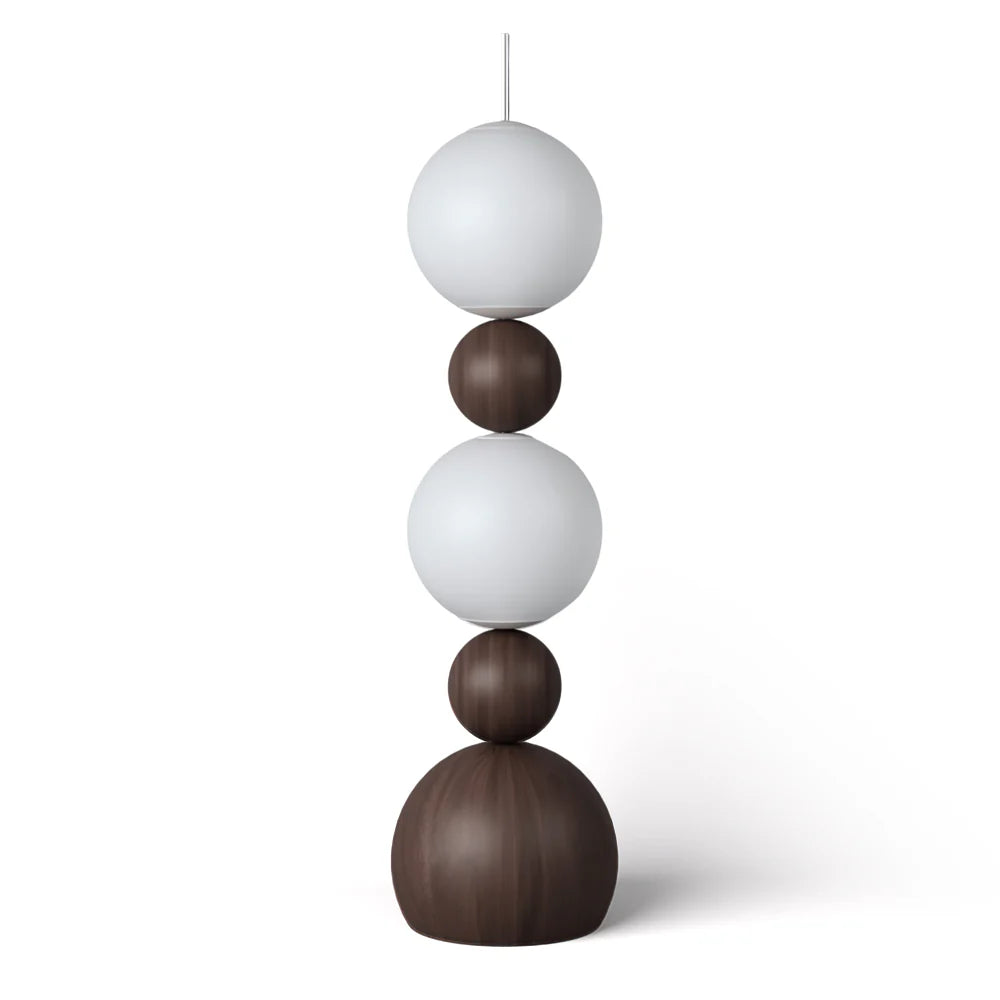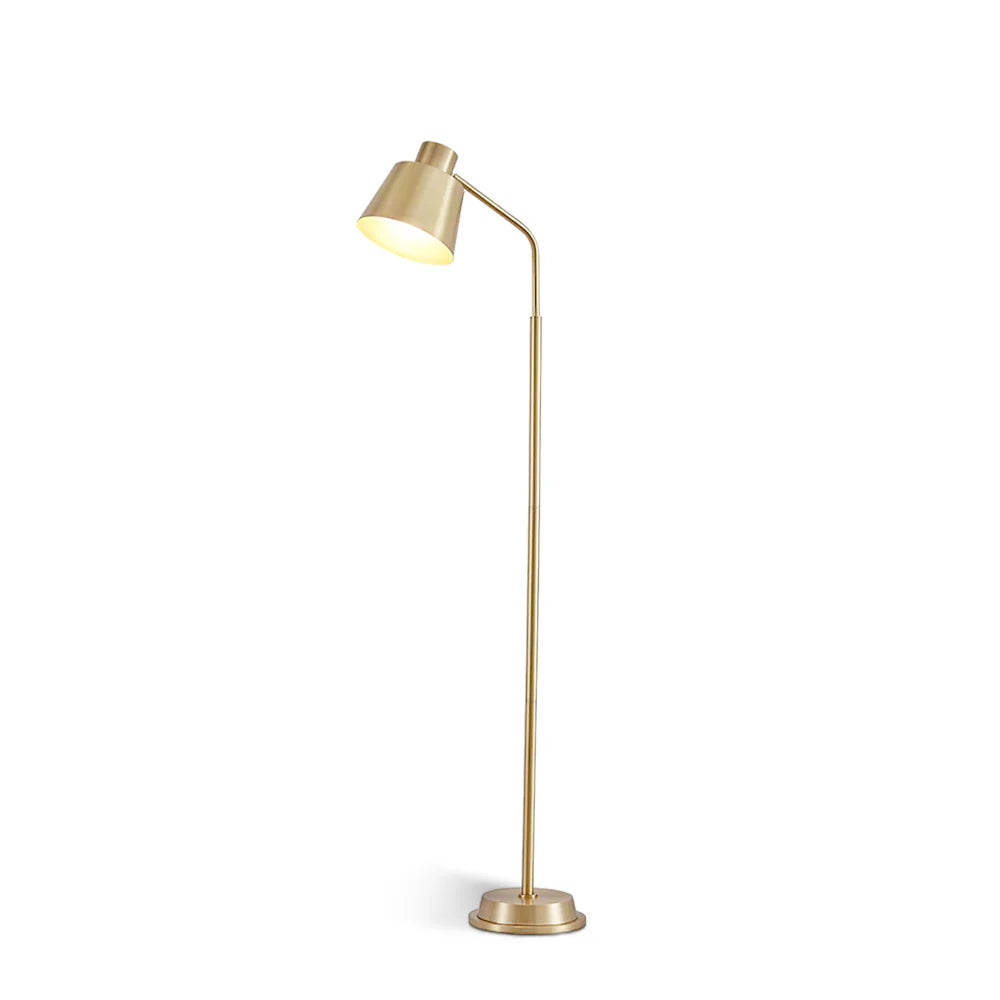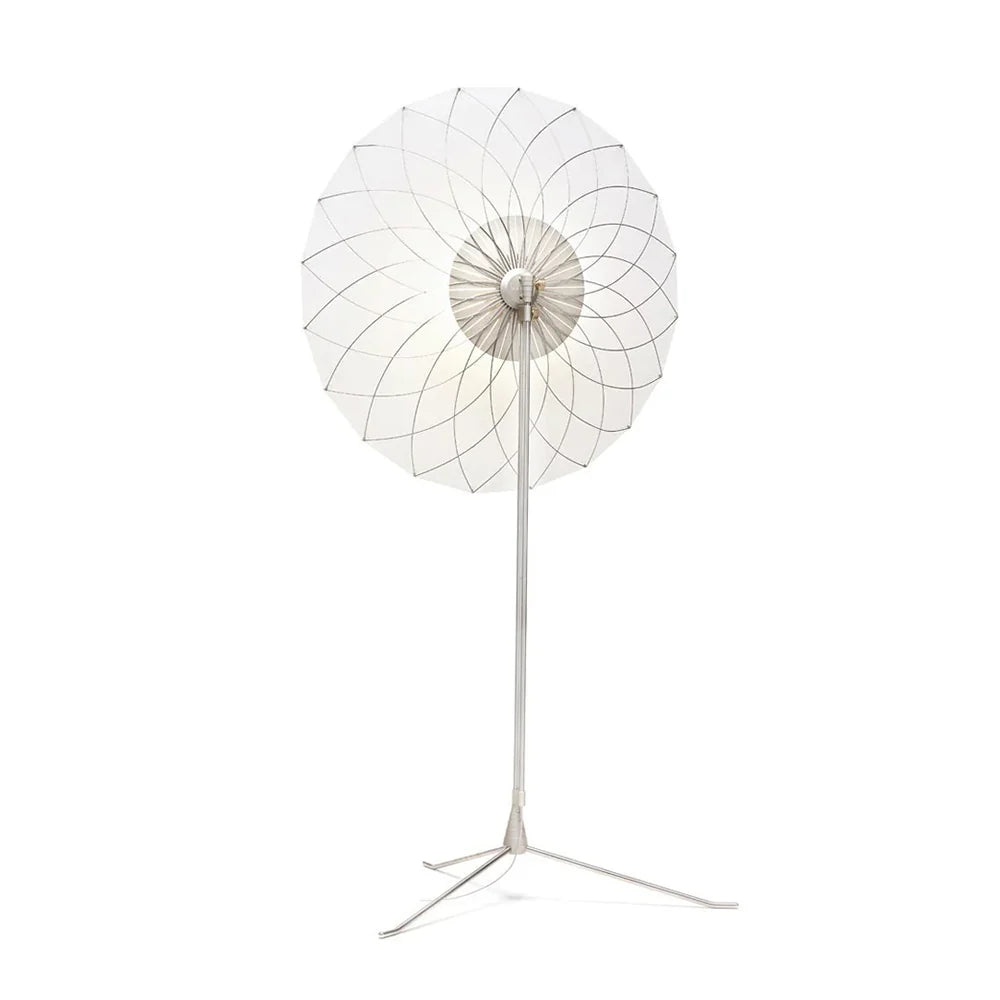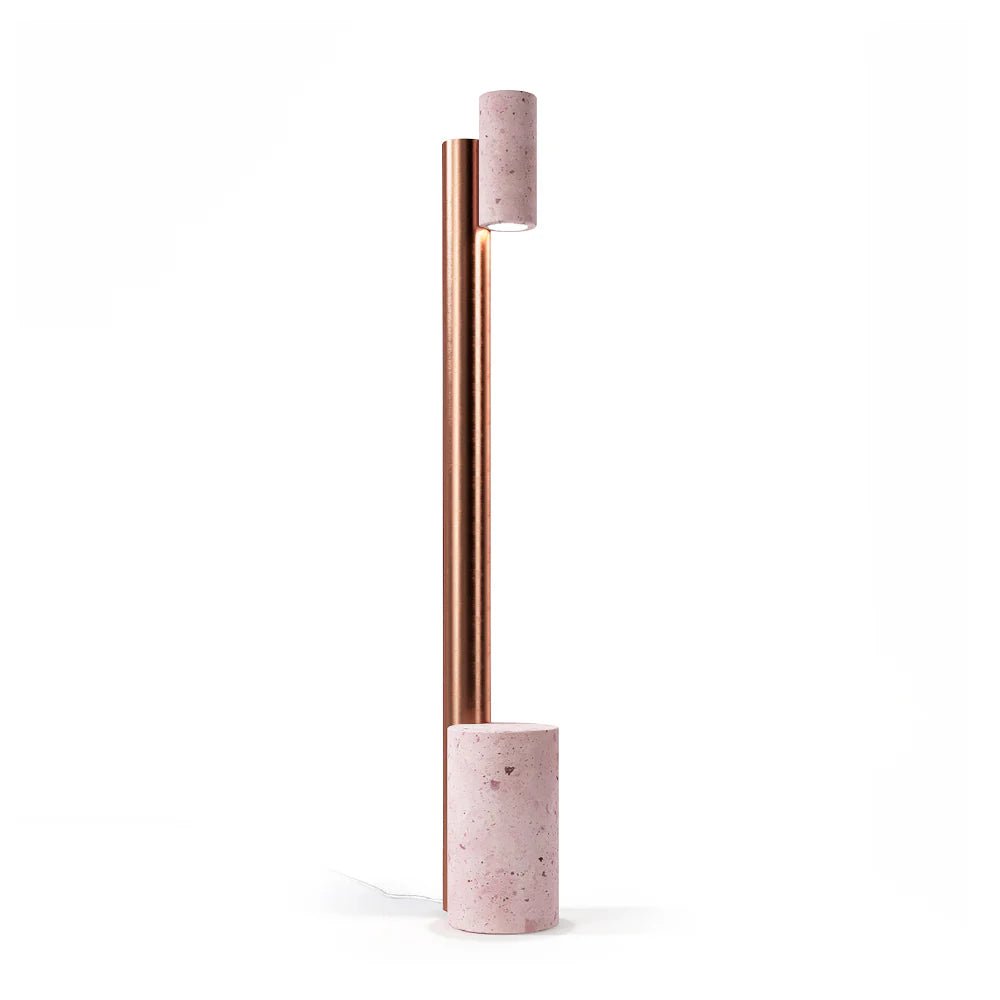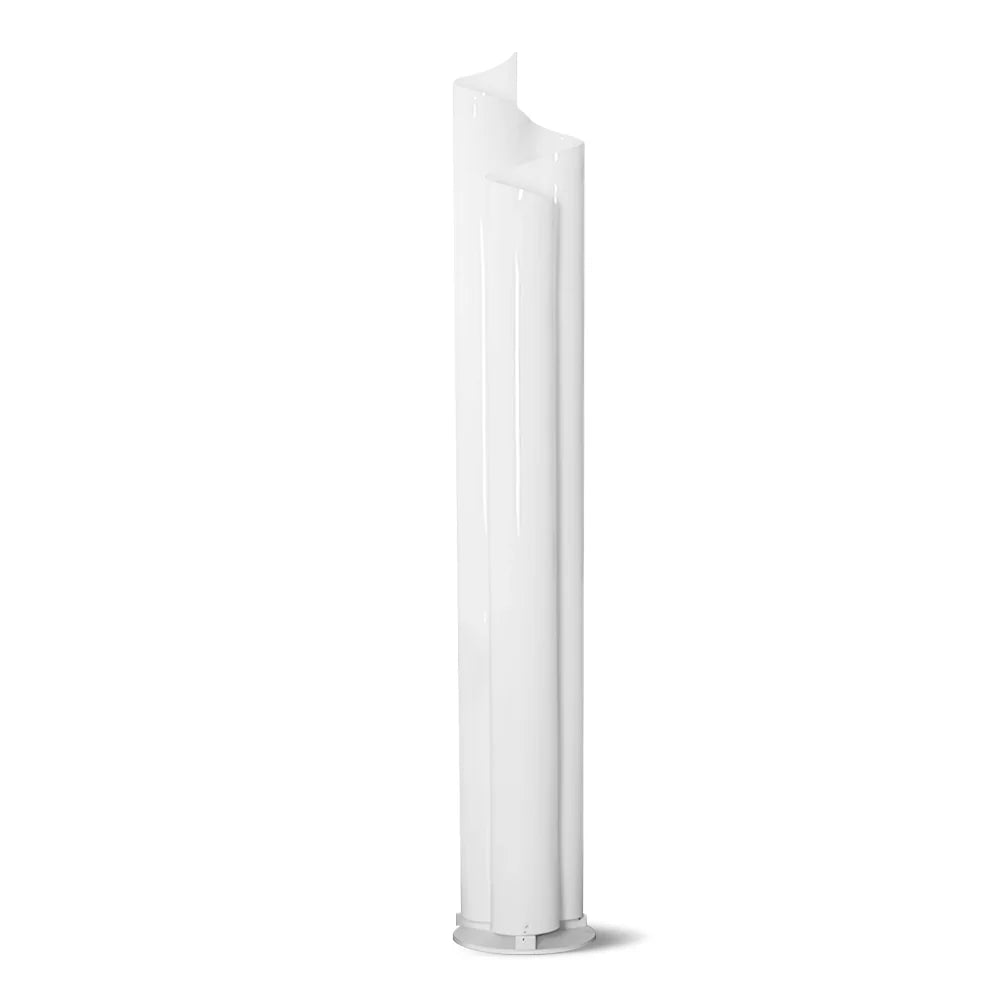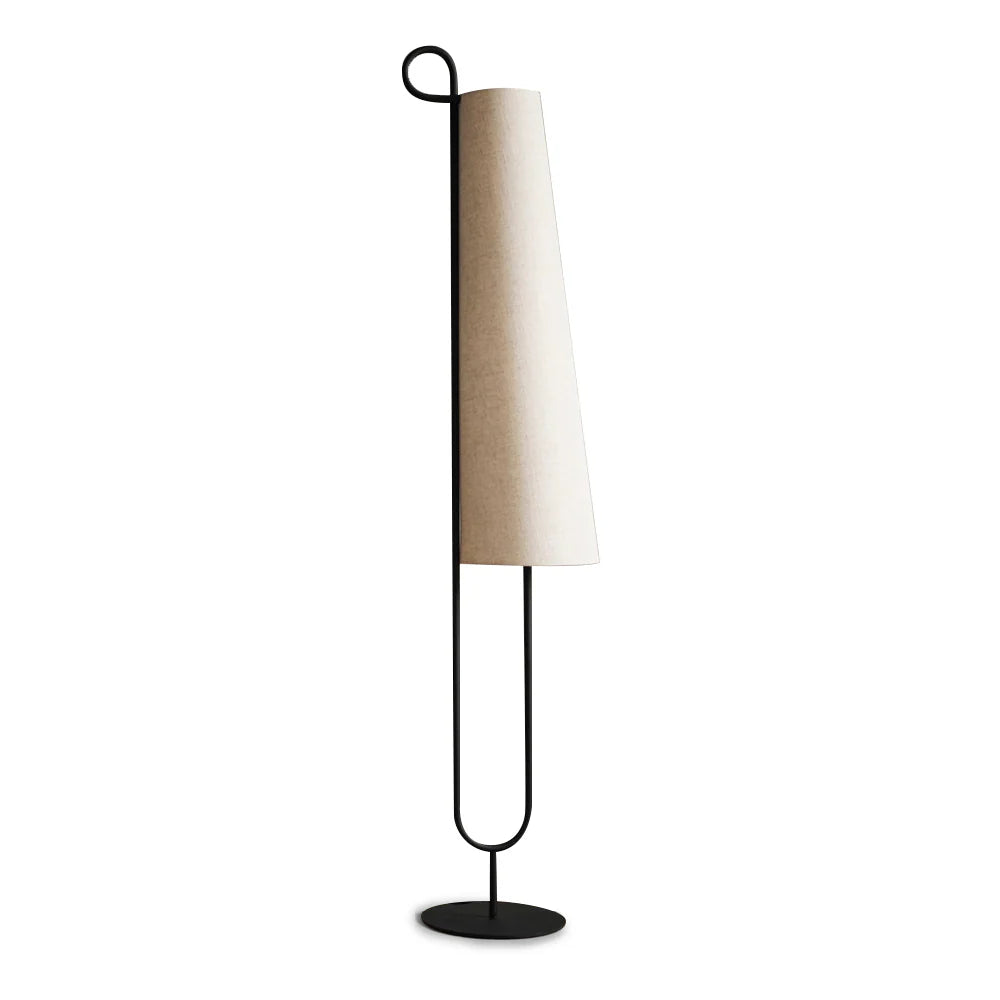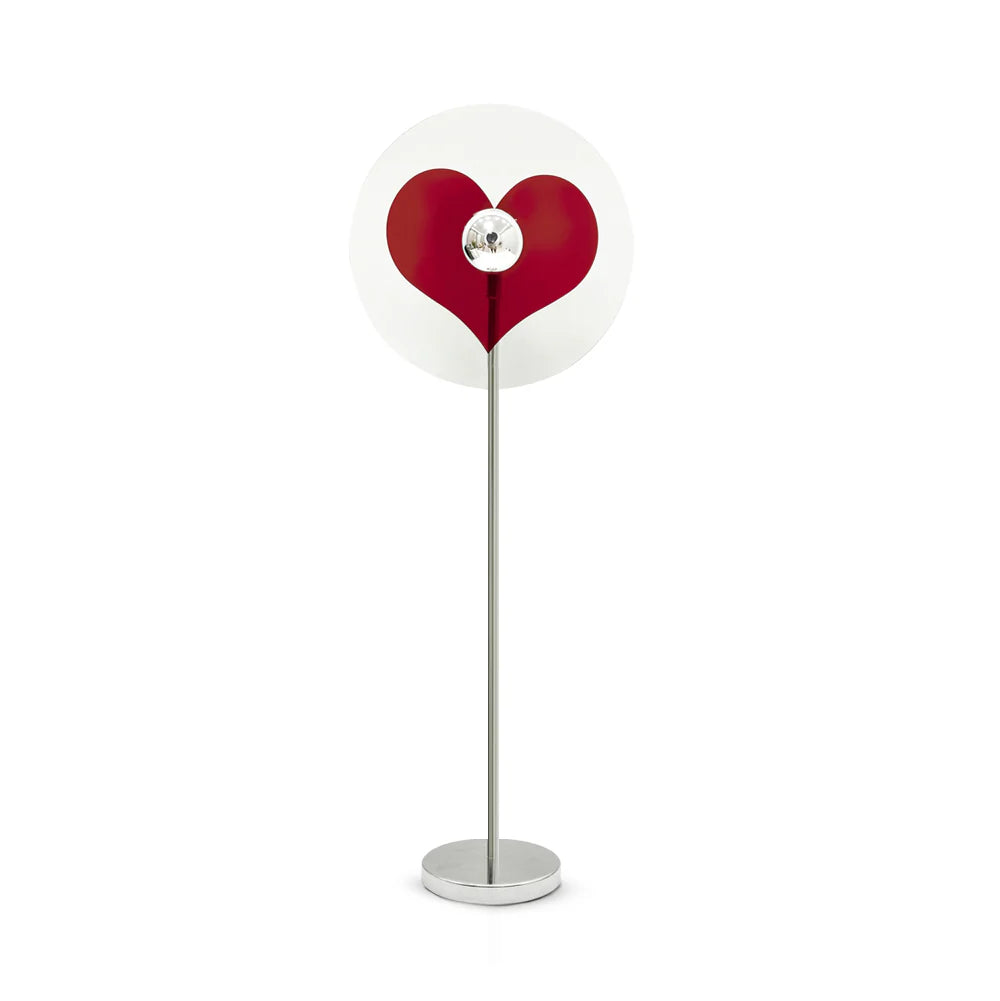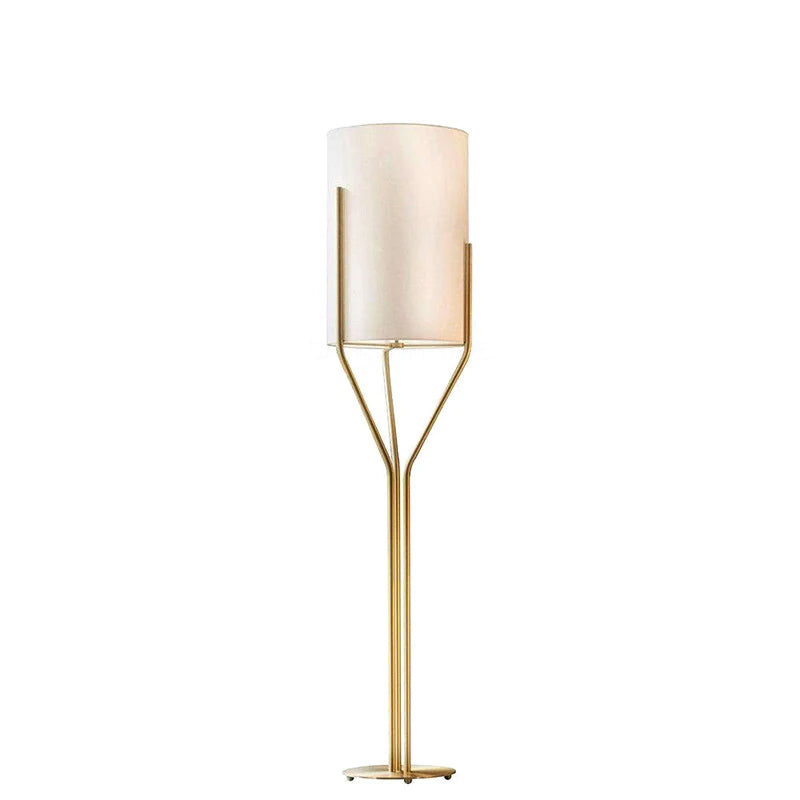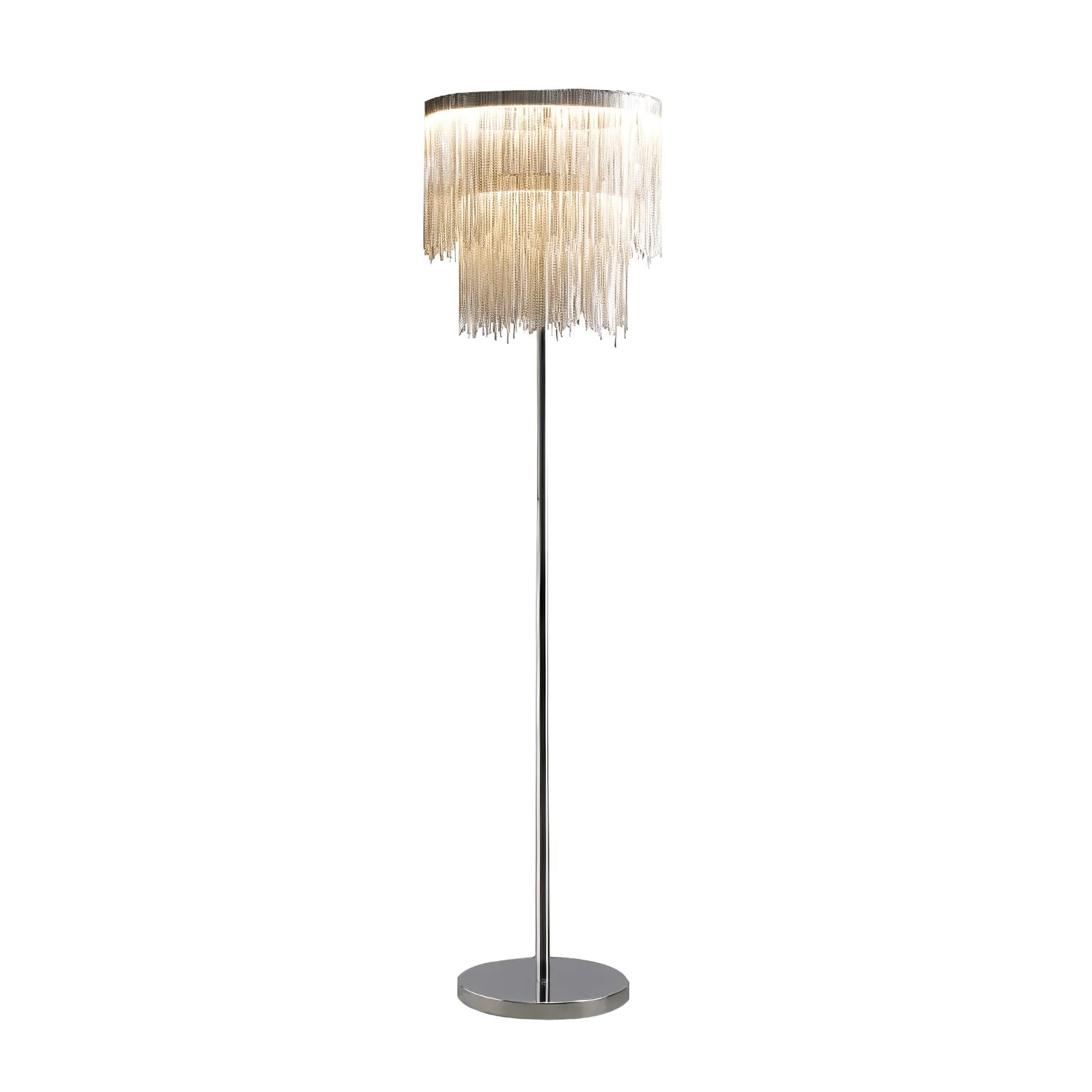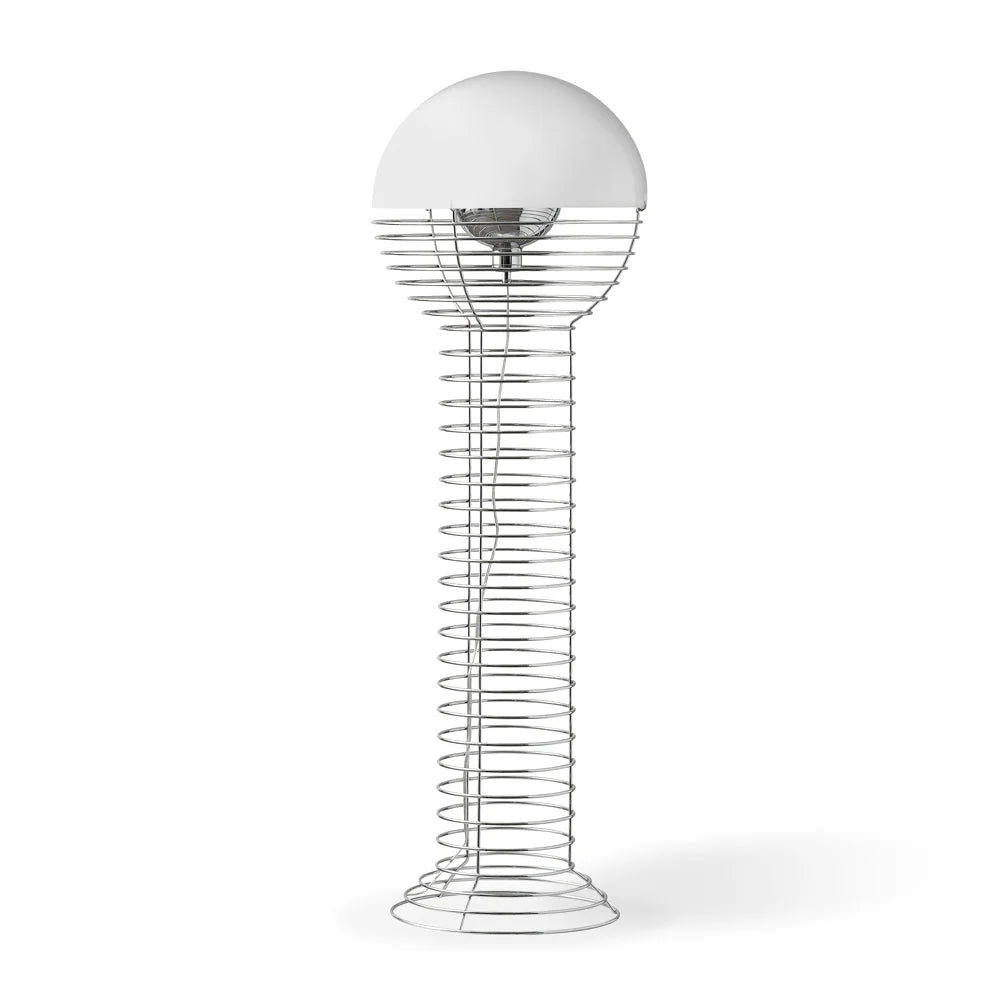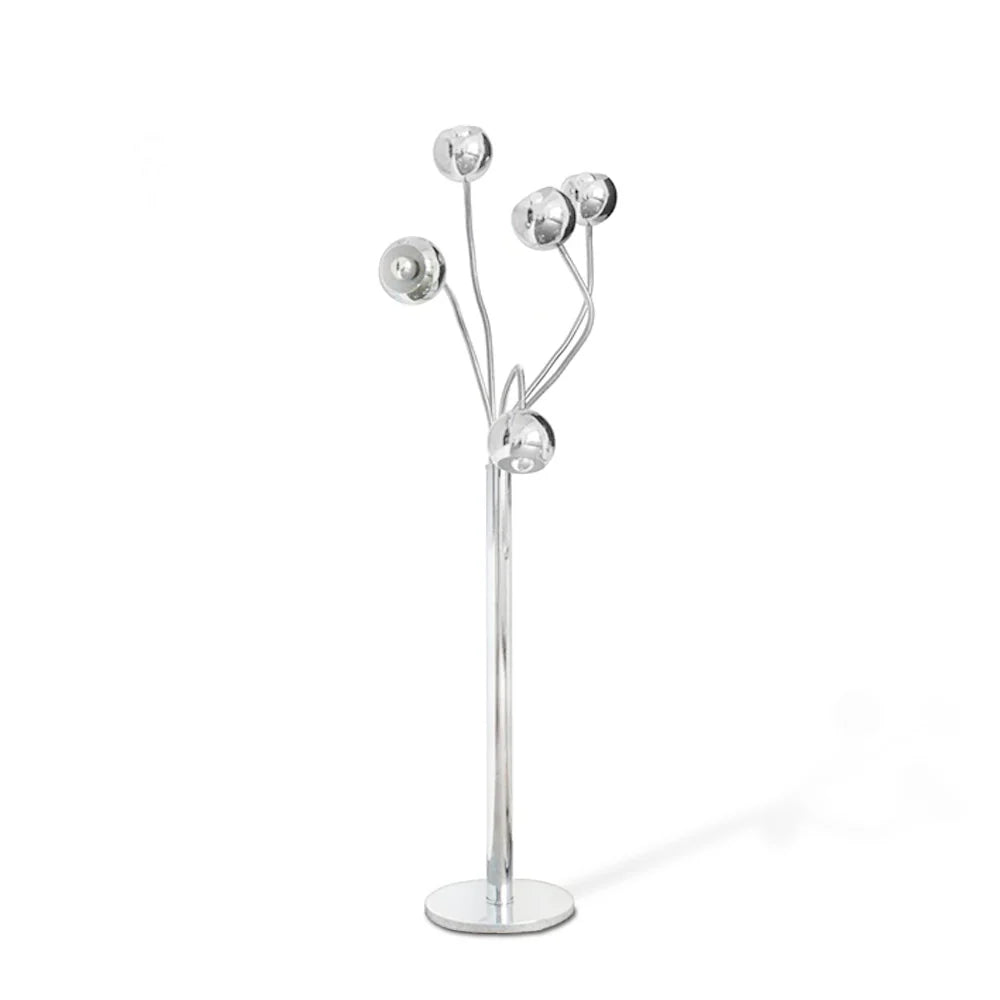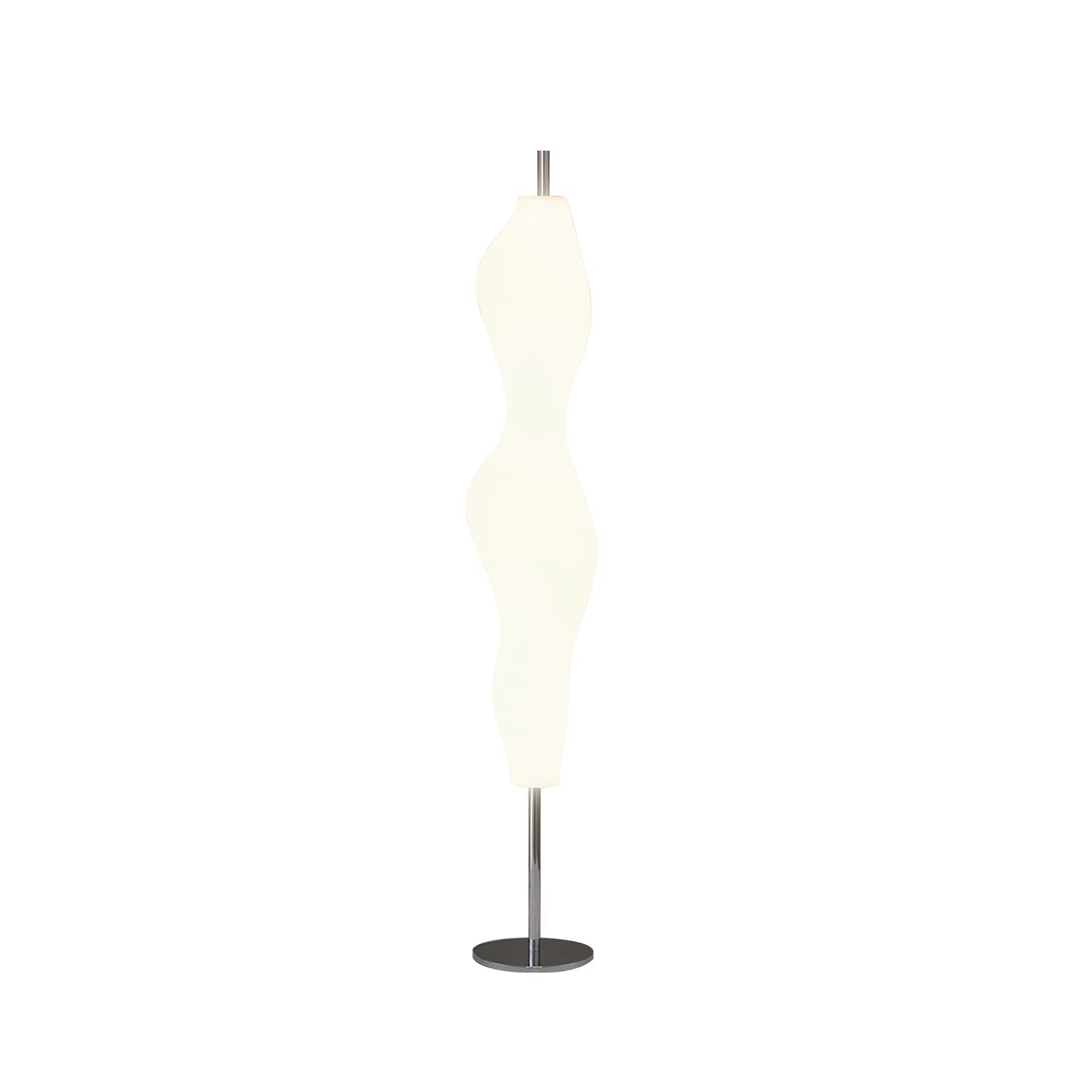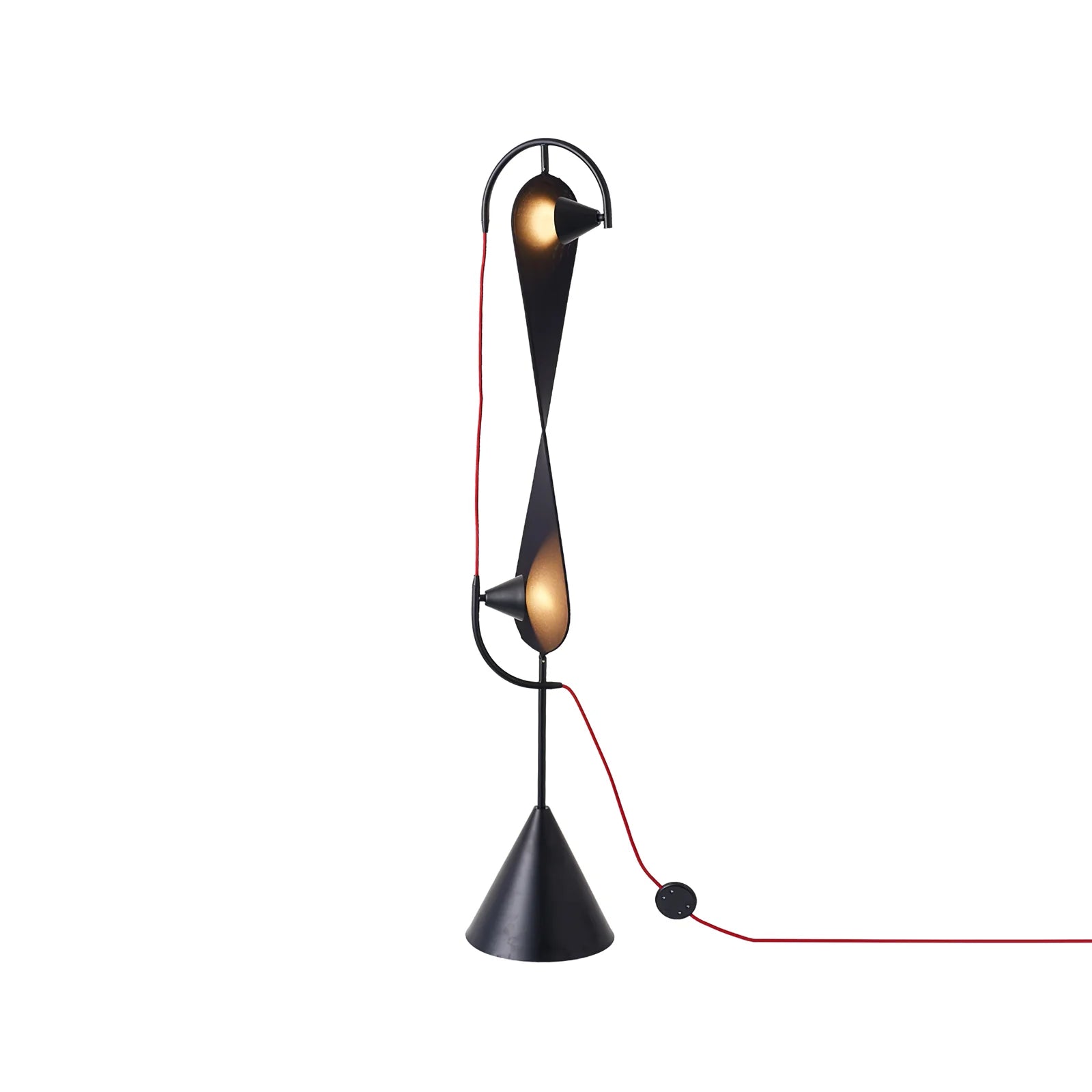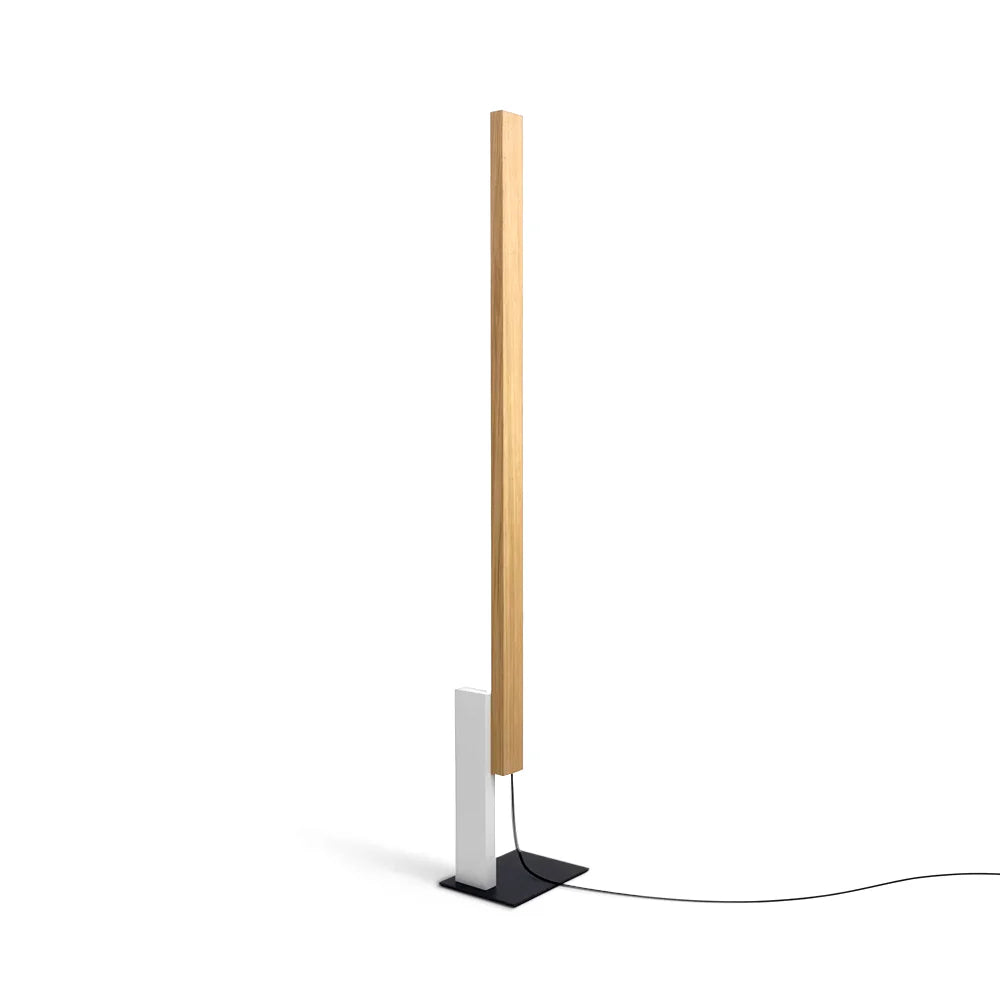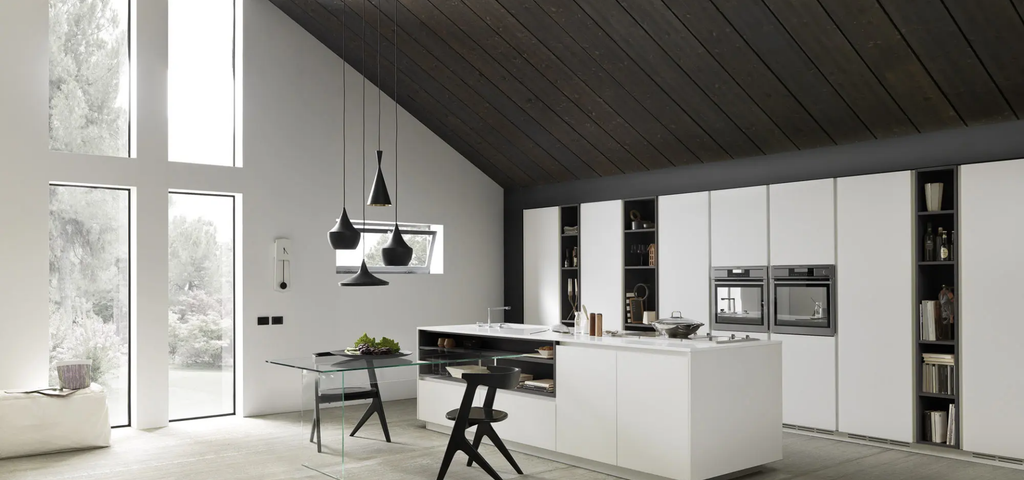
What Mistakes Make a Home Dangerous or Waste Money? Smart Lighting Choices for Safer, Efficient Living

Homeowners often underestimate the role lighting plays in household safety and budget. Small lighting missteps can invite hazards and drain energy. Luckily, avoiding the most common lighting mistakes isn’t difficult—if you know what to look for. Transform your home into a safer, brighter, and more cost-effective space with smart lighting tips and a few essential upgrades.
Why Lighting Choices Matter: Safety and Savings
Lighting impacts much more than ambiance or décor. Making the right decisions about lighting placement, fixture selection, and bulb efficiency prevents accidents, saves energy, and boosts comfort every day. Ignoring these factors costs money and can even jeopardize family safety. Below are key reasons to rethink your lighting plan:
- Poor lighting leads to trips and falls, especially in hallways, stairs, and outdoor paths.
- Old, inefficient bulbs spike your electricity bill.
- Heat from outdated bulbs increases cooling costs.
- Inadequate lighting lowers productivity and worsens moods.
Understanding the pitfalls of home lighting is the first step toward safer, more energy-efficient living.
Common Lighting Mistakes That Cost You
Most homeowners repeat similar errors that make their homes less safe and waste resources. Learning to spot and fix these issues will pay off for years to come.
Using Outdated Incandescent Bulbs
Using old-fashioned incandescent bulbs is a classic blunder. Compared to modern LED lighting for home interiors, incandescent bulbs are inefficient, burn out quickly, and release excess heat. Switching to energy efficient lighting reduces energy usage by up to 75%, lowering utility bills and making your home more eco-friendly.
Ignoring Energy Efficient Alternatives
Many homes still rely on costly, high-wattage lighting that eats up electricity without providing better illumination. Choosing dimmable LED lighting or smart lighting benefits the planet and your wallet. Dimming options and programmable smart systems let you customize brightness and schedule usage, delivering superior control and comfort.
Poor Lighting Placement
Improper lighting placement is a major culprit in accidents and wasted electricity. Over-lighting an area produces glare and discomfort, while under-lighted zones create unseen hazards—especially in staircases, entryways, and bathrooms. Good lighting placement ensures every part of your home is both beautiful and functional.
Neglecting Outdoor Lighting
Outdoor lighting for home isn’t just about curb appeal. Pathway and security lights protect loved ones from trips and deter intruders. Motion-sensor LED fixtures save energy by illuminating only when needed, ensuring safety without unnecessary expense.
The Smart Approach: How to Choose the Best Lighting for Home
A well-thought-out lighting strategy blends style, safety, and efficiency. Here’s how to make smart choices throughout your home.
Start with Energy Efficient Lighting
Start every room upgrade by swapping incandescent bulbs for quality LED options. LEDs last far longer, use less power, and are available in every color temperature—from cool whites for kitchens to warm tones ideal for bedrooms and living spaces.
- Choose ENERGY STAR-certified bulbs to guarantee efficiency.
- Dimmeable LED lighting provides flexibility for every mood and activity.
- Opt for smart bulbs that let you control lighting remotely.
Consider Lighting Upgrades That Add Value
Lighting upgrades like modern ceiling lights or stylish home lighting fixtures instantly enhance a room’s look and function. Choose fixtures that improve light distribution and complement your décor.
- Flush-mount or semi-flush ceiling lights deliver general illumination in smaller spaces.
- Pendant and chandelier designs add drama and task lighting to dining areas and entryways.
Lighting Tips by Room
Each space in your home has unique needs:
- Best kitchen lighting: Layer ambient ceiling lights with task lighting under cabinets for shadow-free food prep. Choose cool white LEDs for clarity.
- Bathroom: Install vanity lights at eye level beside mirrors to prevent harsh shadows.
- Bedrooms: Use dimmable lights to create relaxing, adjustable ambiance.
- Living room: Combine floor and table lamps with central fixtures for versatile illumination.
Outdoor Lighting Essentials
For safety and savings outdoors:
- Place path lights every six to eight feet for visible, even coverage.
- Use wall-mounted fixtures at entrances and garage doors for security.
- Install motion sensors or smart lighting outside to reduce wasted energy.
Dimmable Lights and Smart Controls: Convenience Meets Savings
Adding dimmable LED lighting and smart controls can transform any home. Dimmable lights adapt your environment to suit everything from entertaining to relaxing. Smart lighting systems let you schedule, automate, and fine-tune lighting levels from your phone or voice assistant.
- Save energy by dimming lights when full brightness isn’t necessary.
- Program smart lighting to mimic occupancy and deter break-ins when you travel.
- Set “scenes” for every occasion—cooking, dining, or movie night.
Stylish Home Lighting Without Sacrificing Efficiency
One of the best lighting tips is that style and savings can coexist. With today’s vast selection of modern ceiling lights, statement pendants, and minimalist fixtures, there’s no need to choose between aesthetic appeal and smart energy use.
- Select modern LED fixtures in finishes that complement your interior design.
- Accent lighting, such as LED strips or spotlights, adds visual interest without significant power draw.
- Choose timeless designs to avoid costly, frequent updates.
Maintenance and Ongoing Lighting Mistakes to Avoid
Too often, homeowners invest in quality bulbs and fixtures but neglect basic maintenance. This can reduce efficiency and shorten product lifespan.
- Clean dust and debris from fixtures regularly to maintain brightness.
- Replace any failing bulbs immediately to avoid uneven lighting and safety risks.
- Review your lighting setup periodically—home needs change, and so should your plan.
- Don’t block fixtures with heavy drapes or furniture, which reduces effectiveness and can even present fire hazards.
When to Call a Lighting Professional
Complicated installations—like recessed fixtures, outdoor systems, or smart home integrations—may require expert help. An experienced electrician ensures electrical safety, code compliance, and optimal performance. Investing in professional advice can prevent expensive or hazardous mistakes before they happen.
Conclusion
Making smart lighting choices is one of the simplest ways to create a safer, more energy-efficient home. Focus on energy efficient lighting, proper placement, and modern upgrades to boost comfort and save money year-round. Ready to brighten your home? Start planning your next lighting improvement today.



